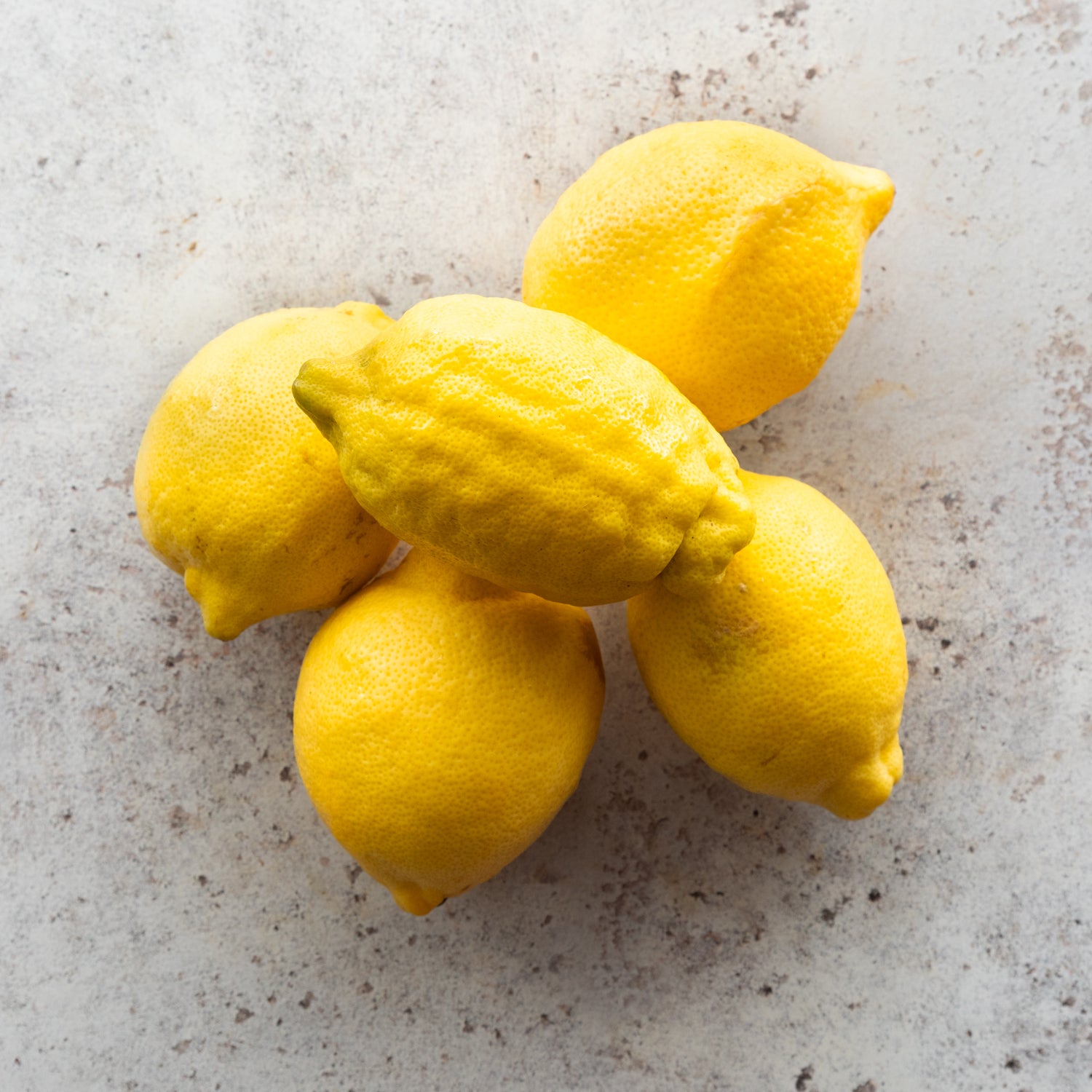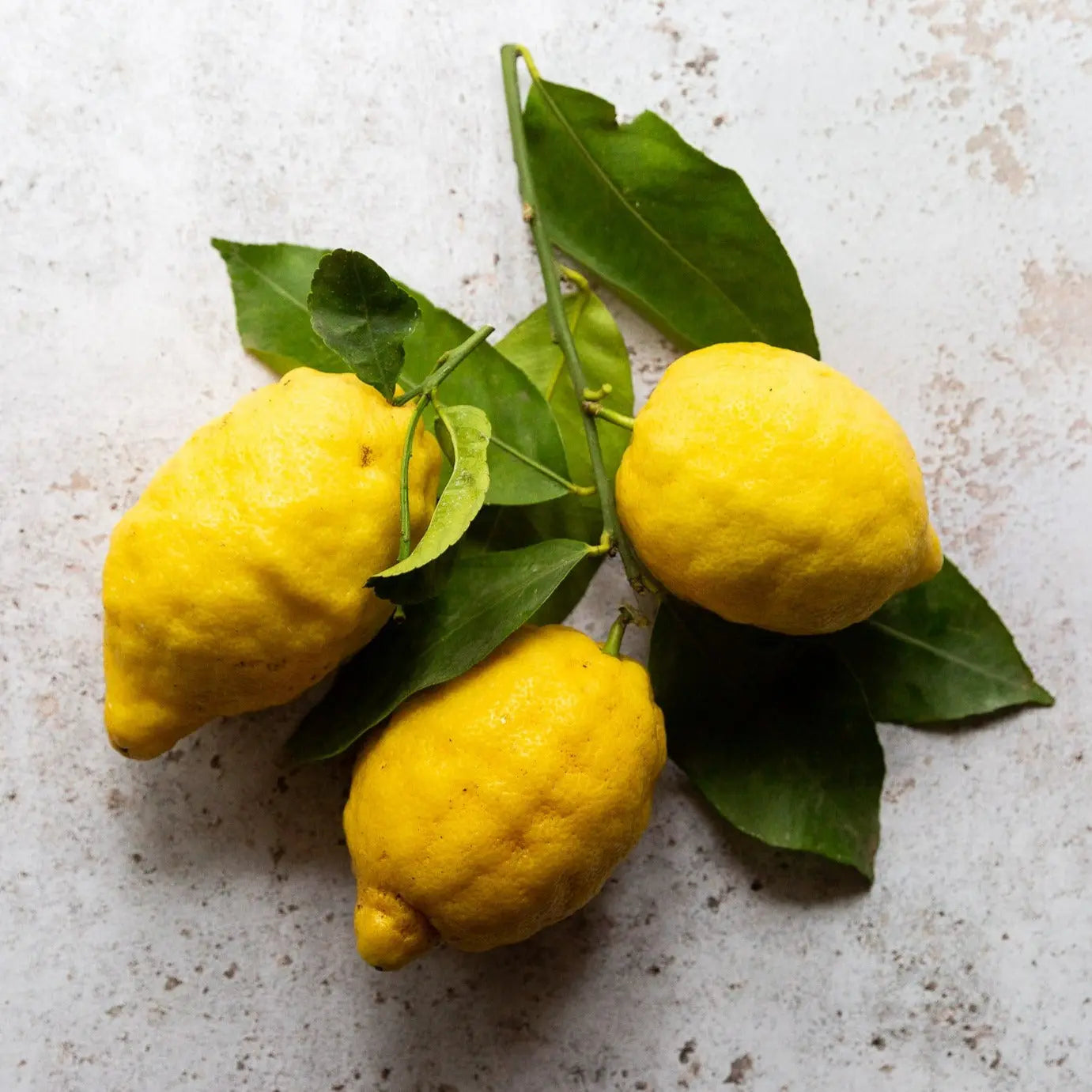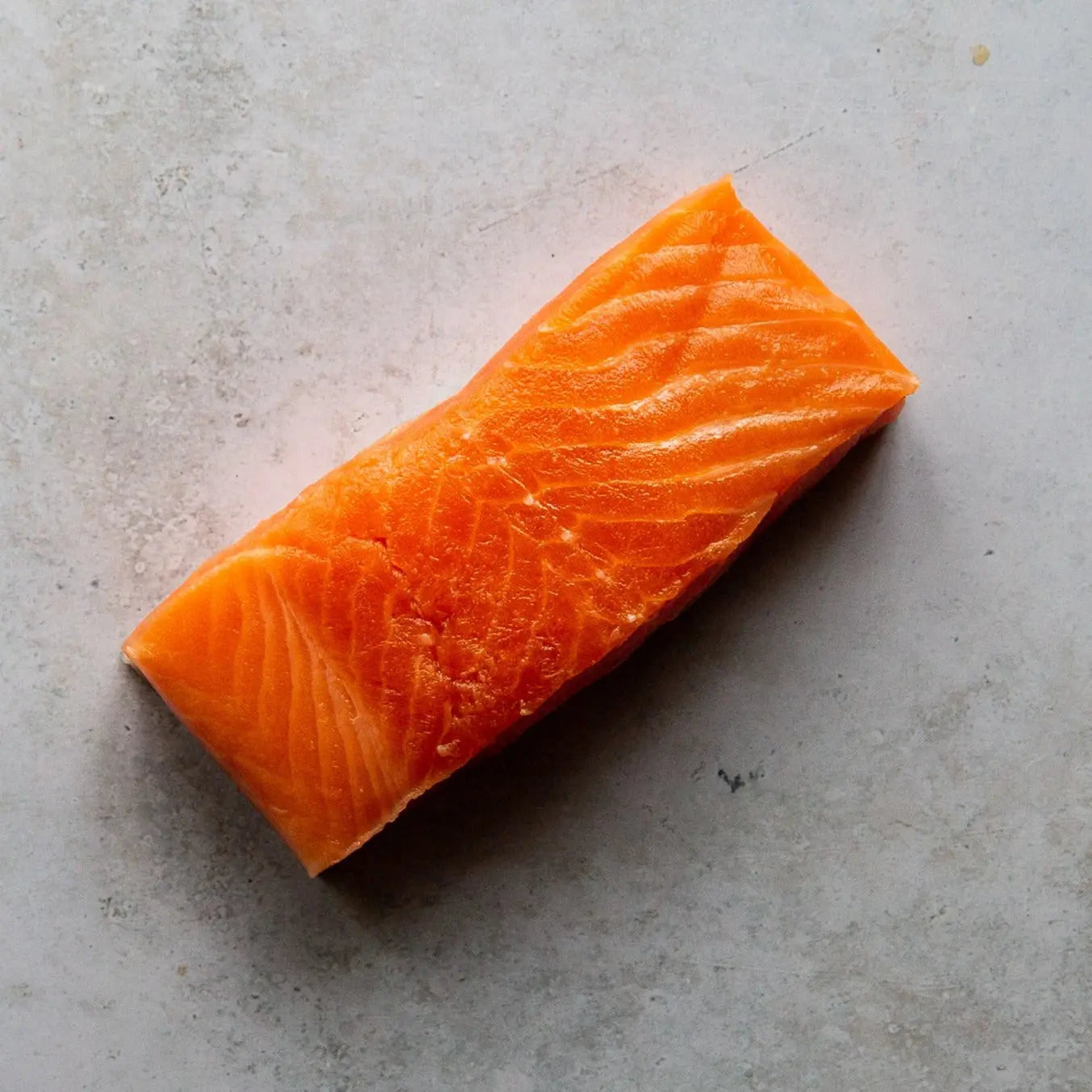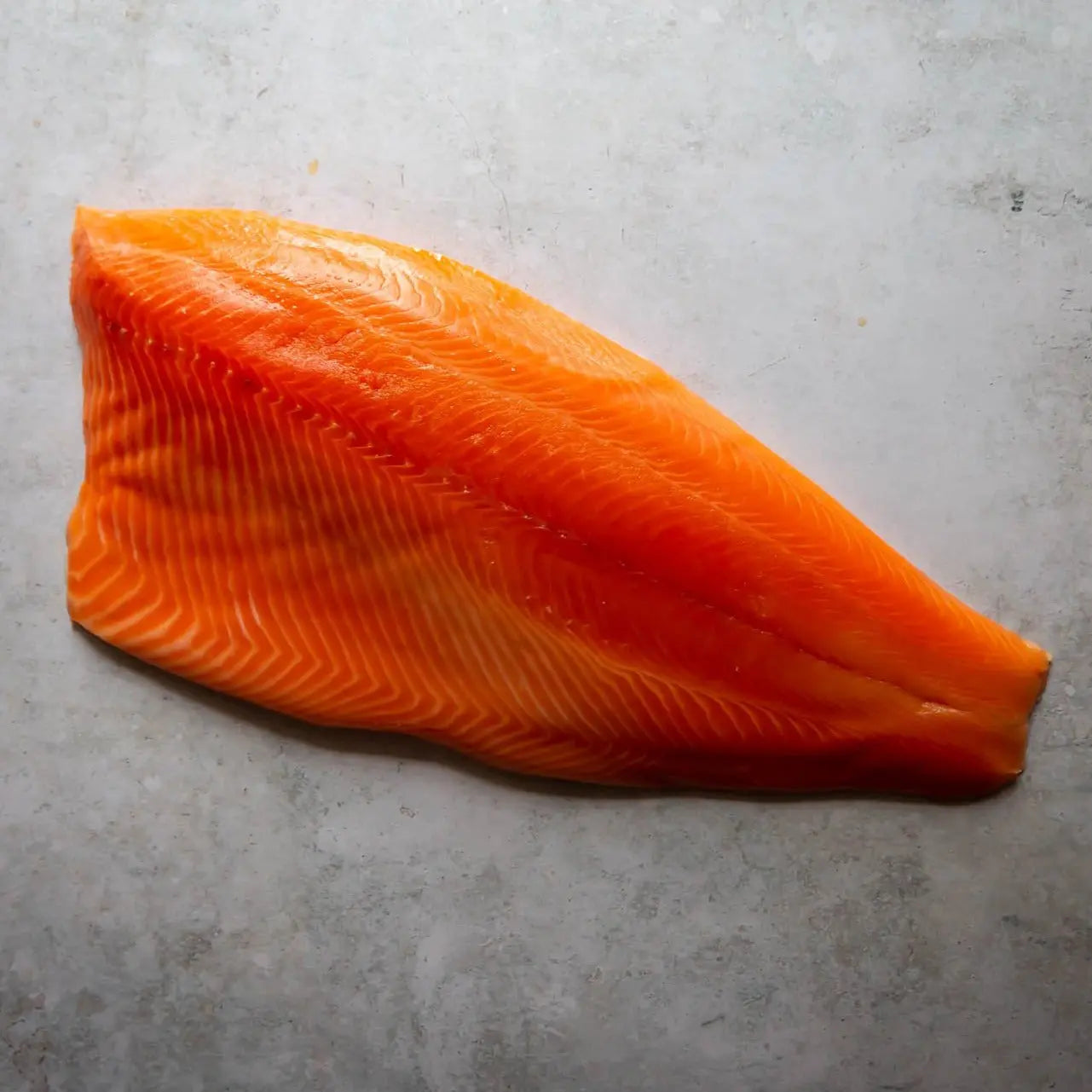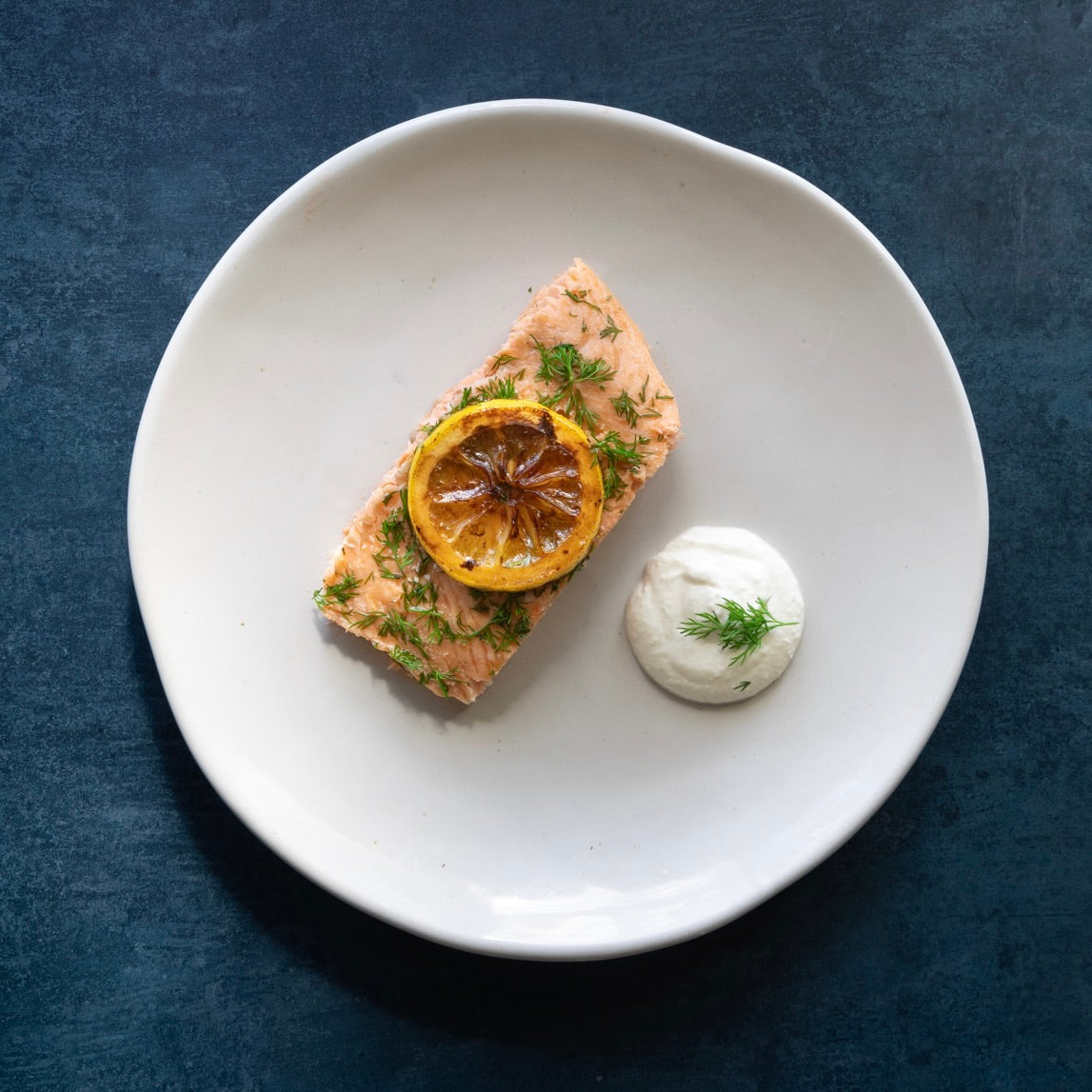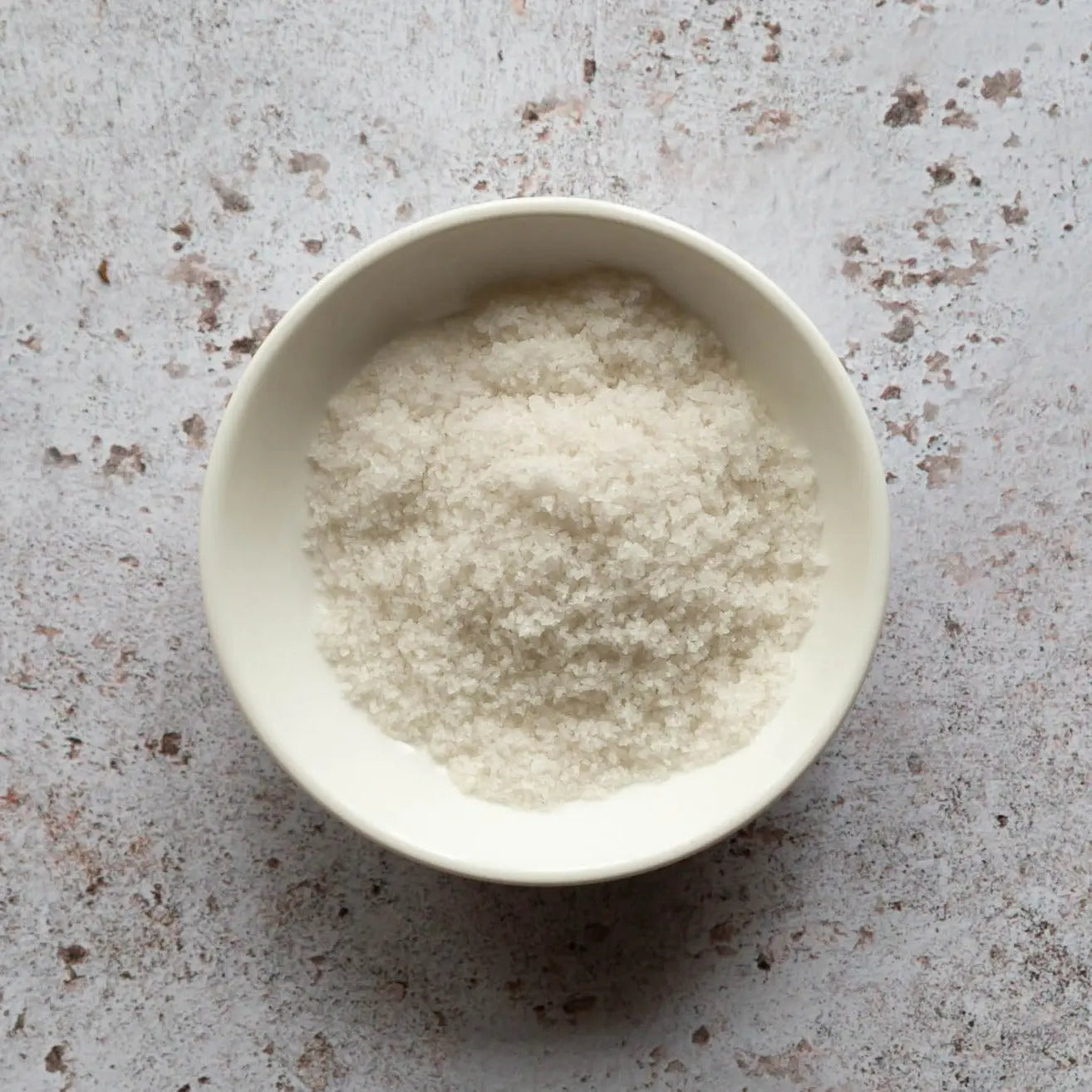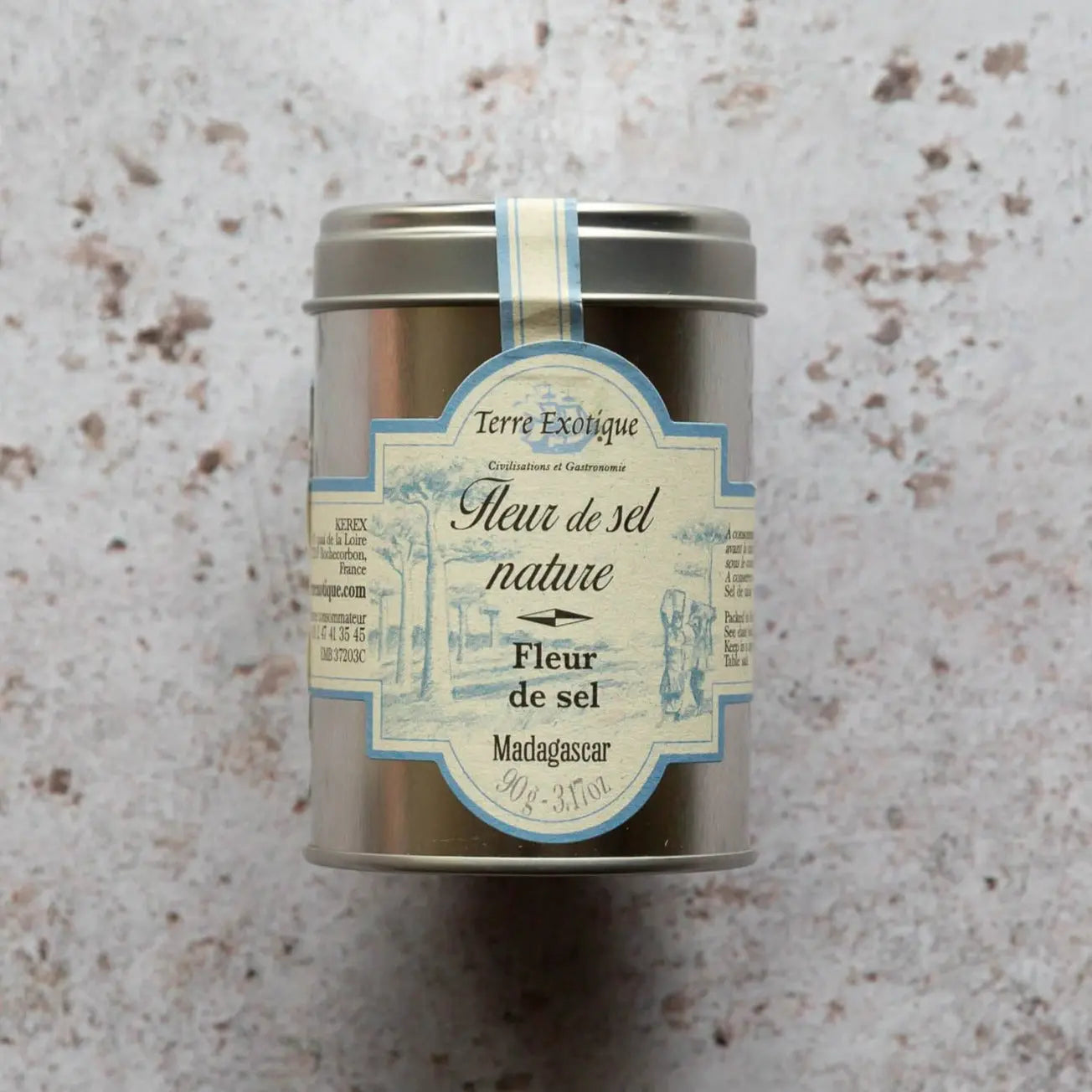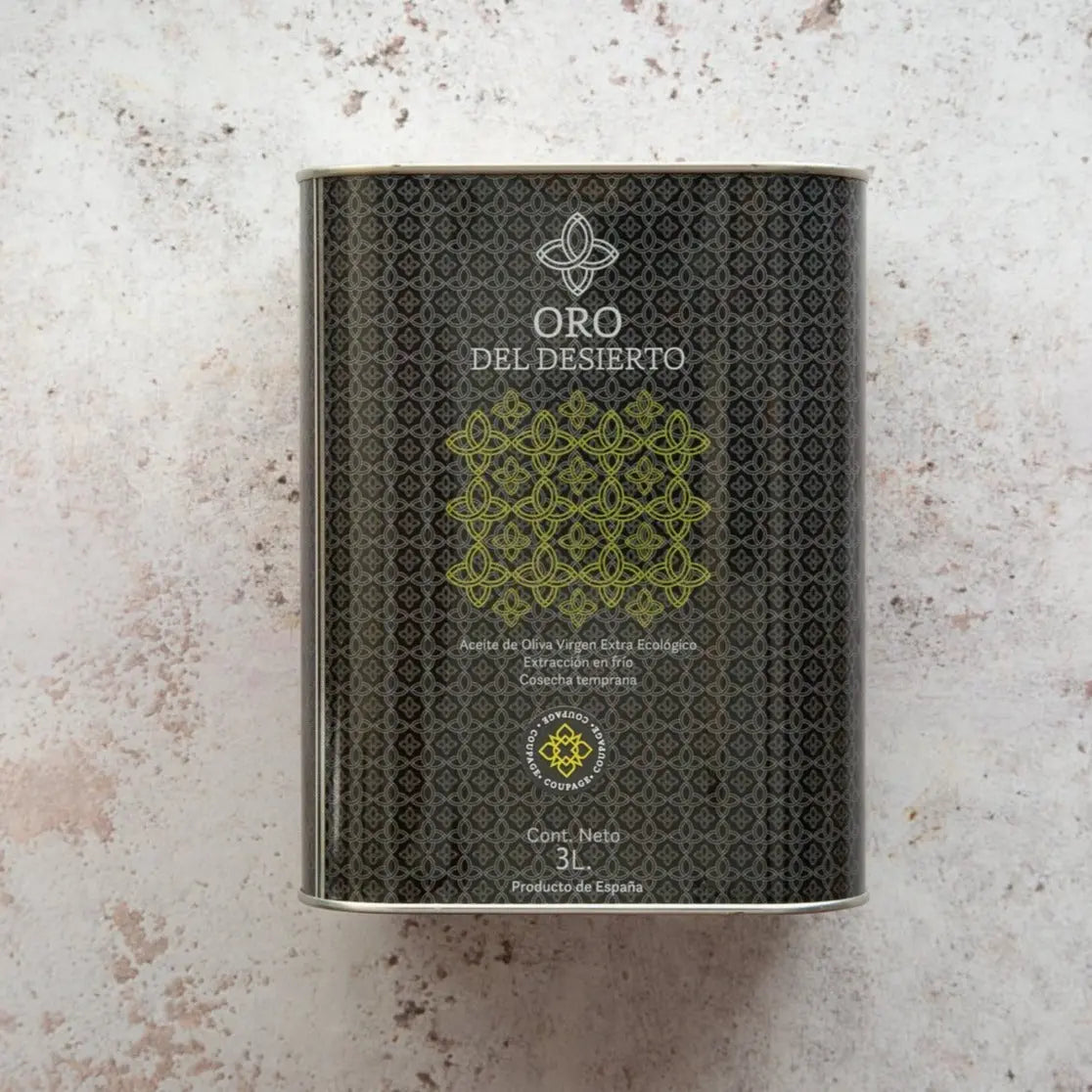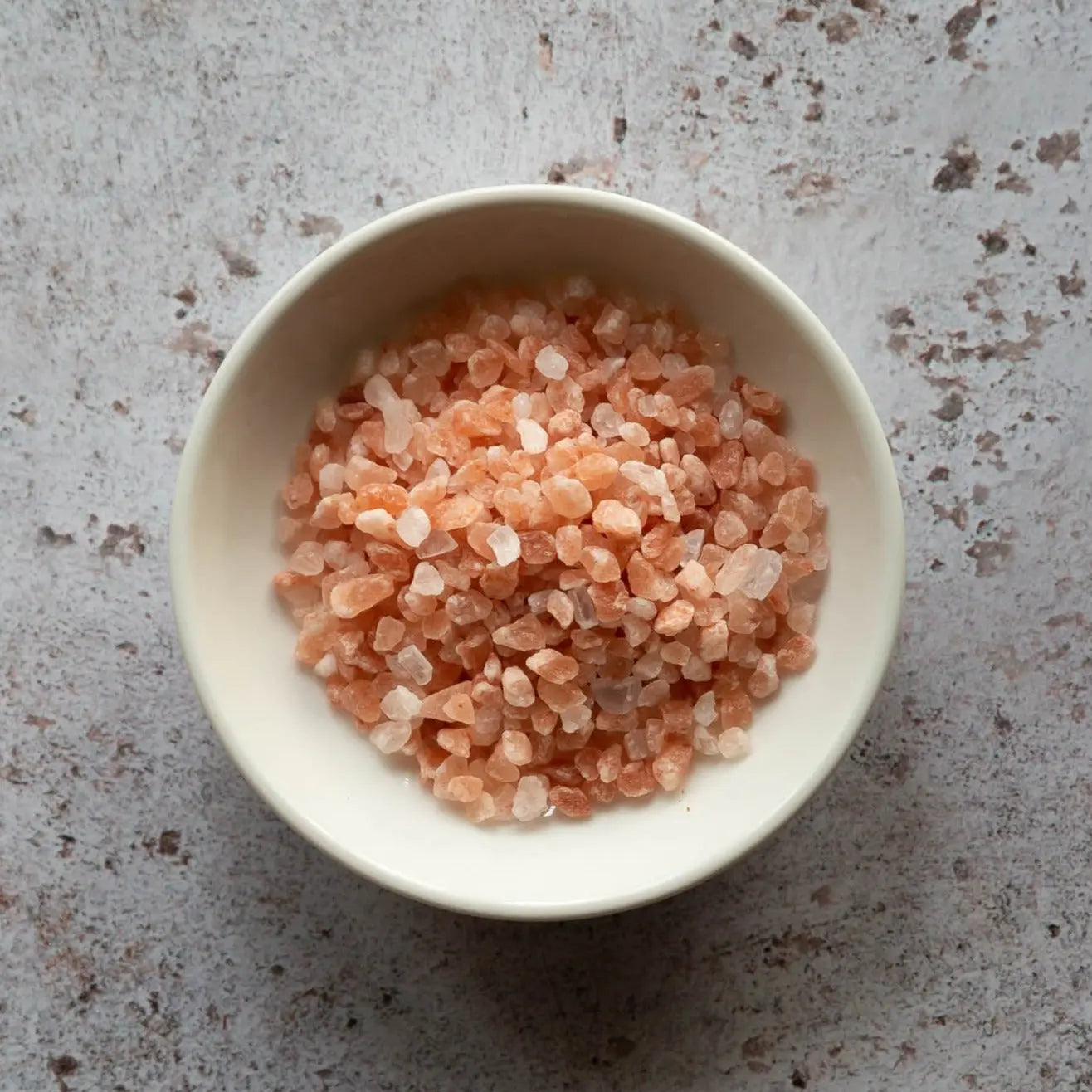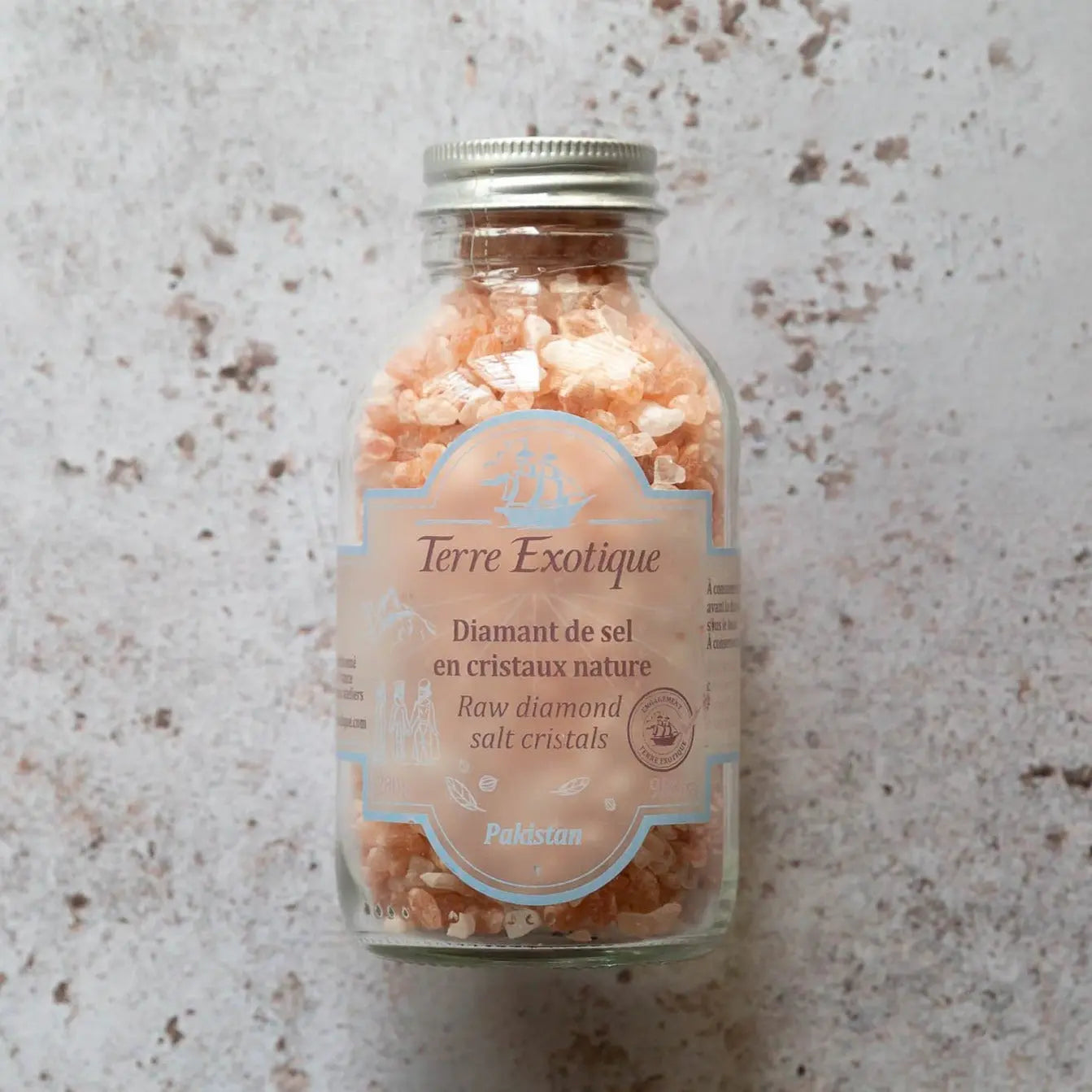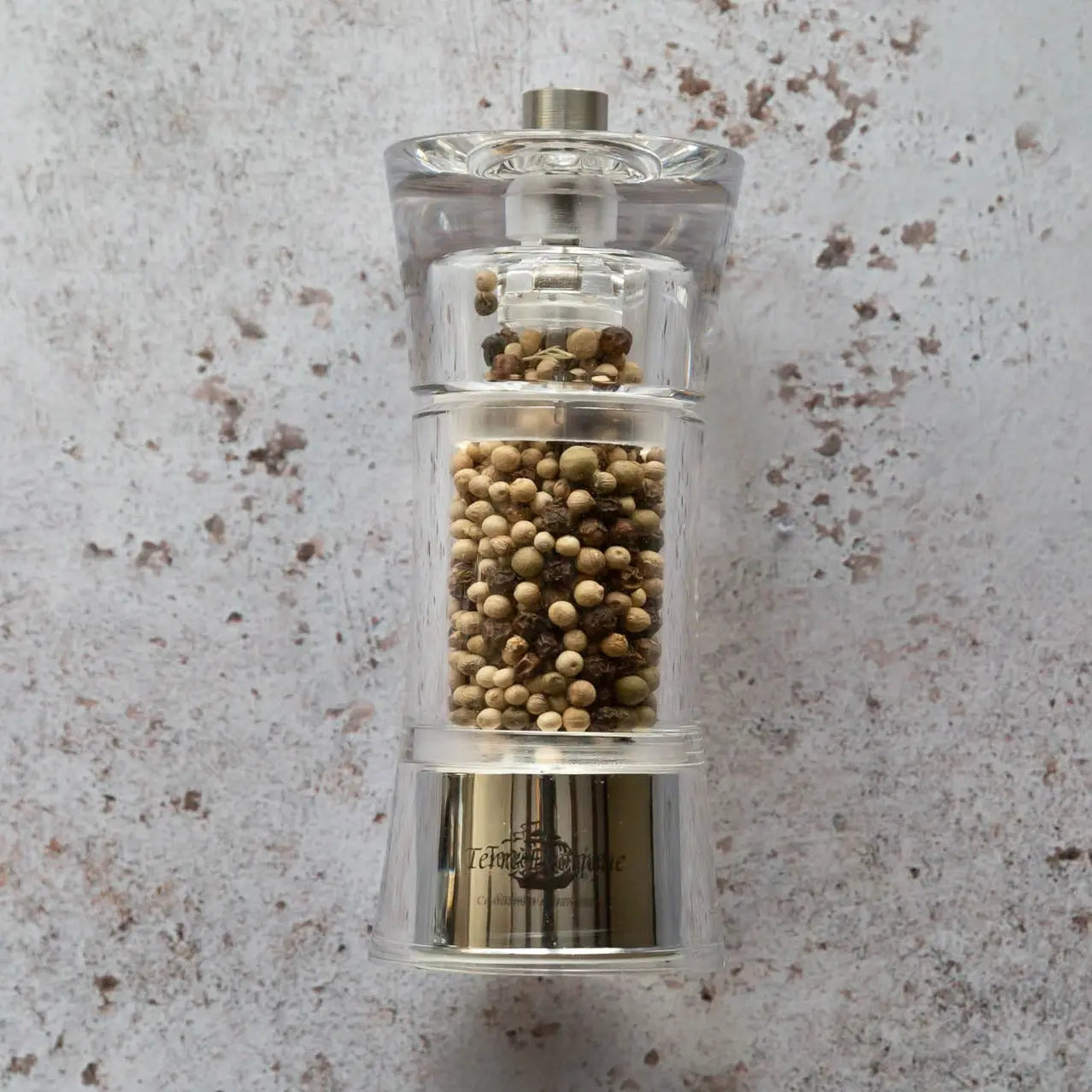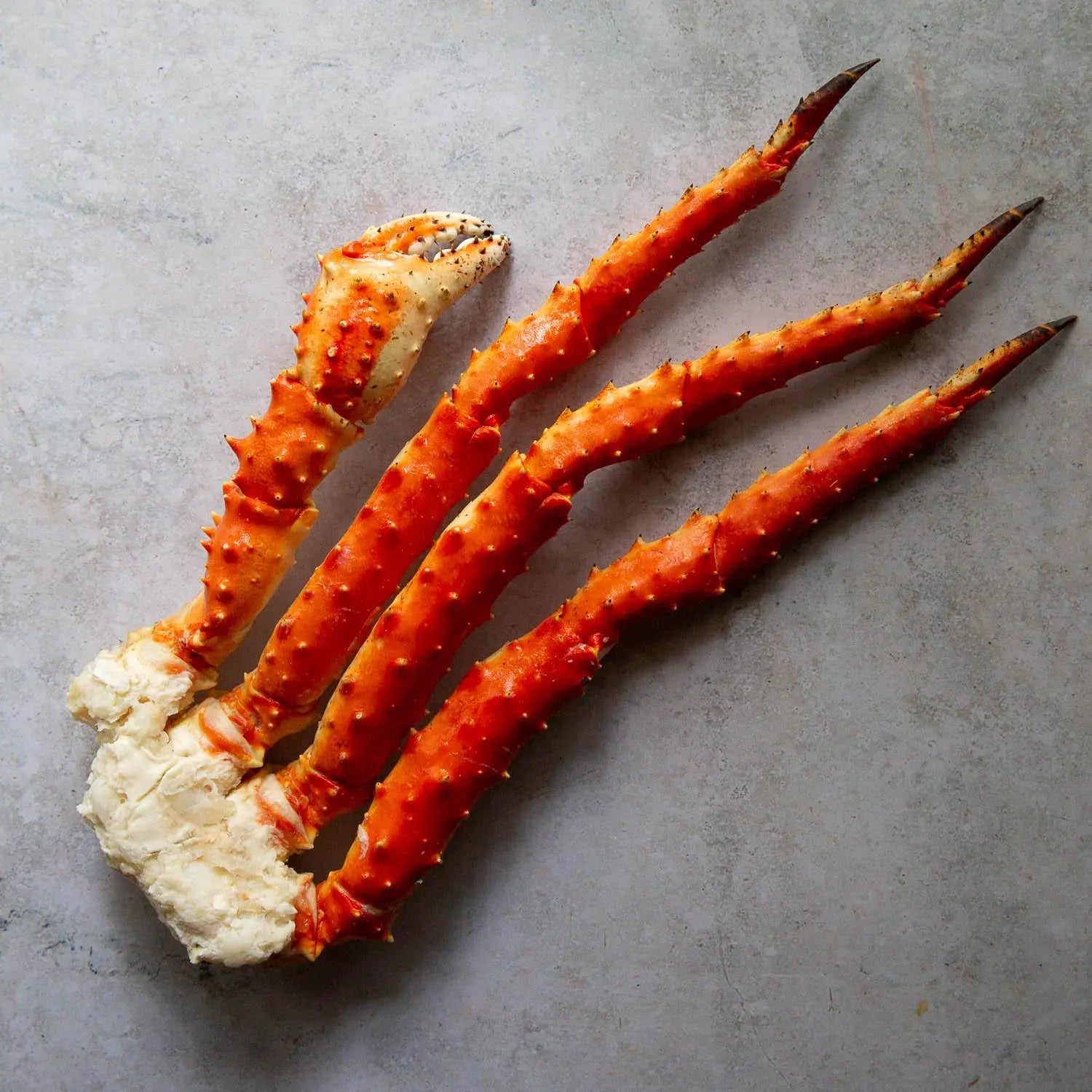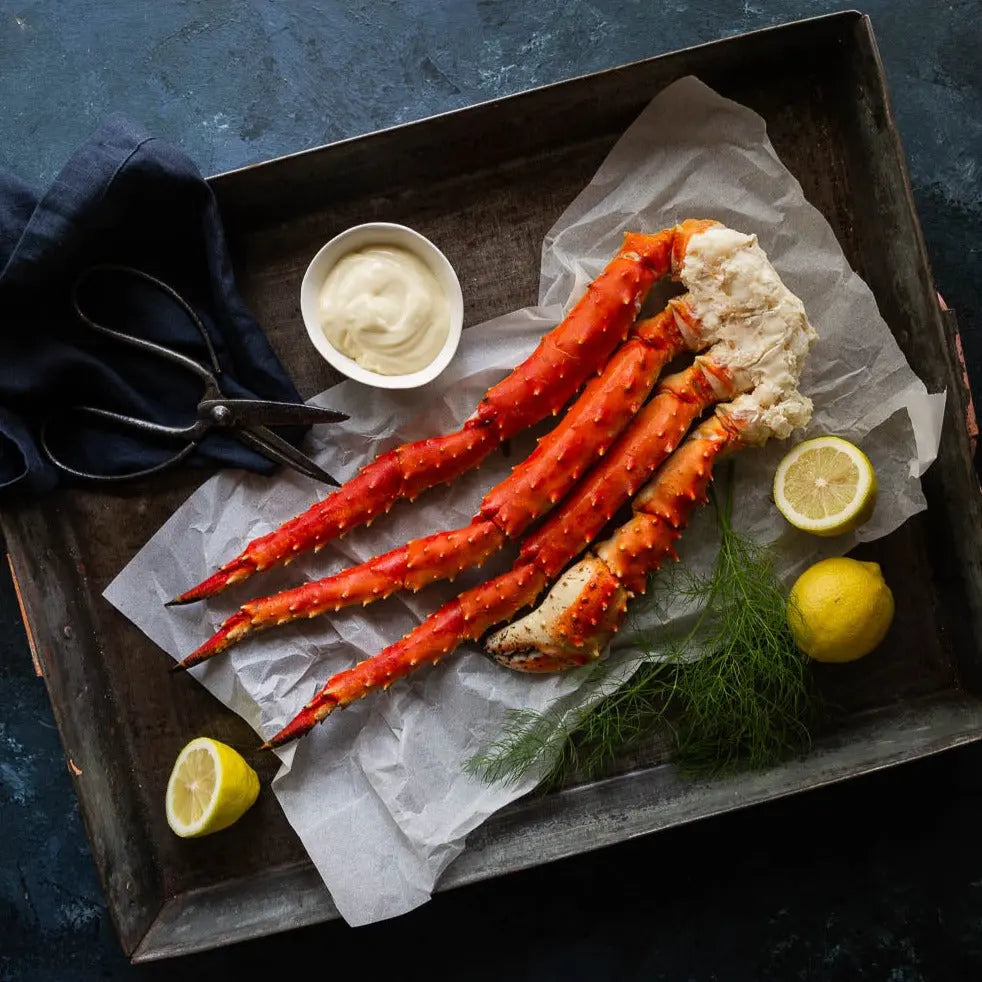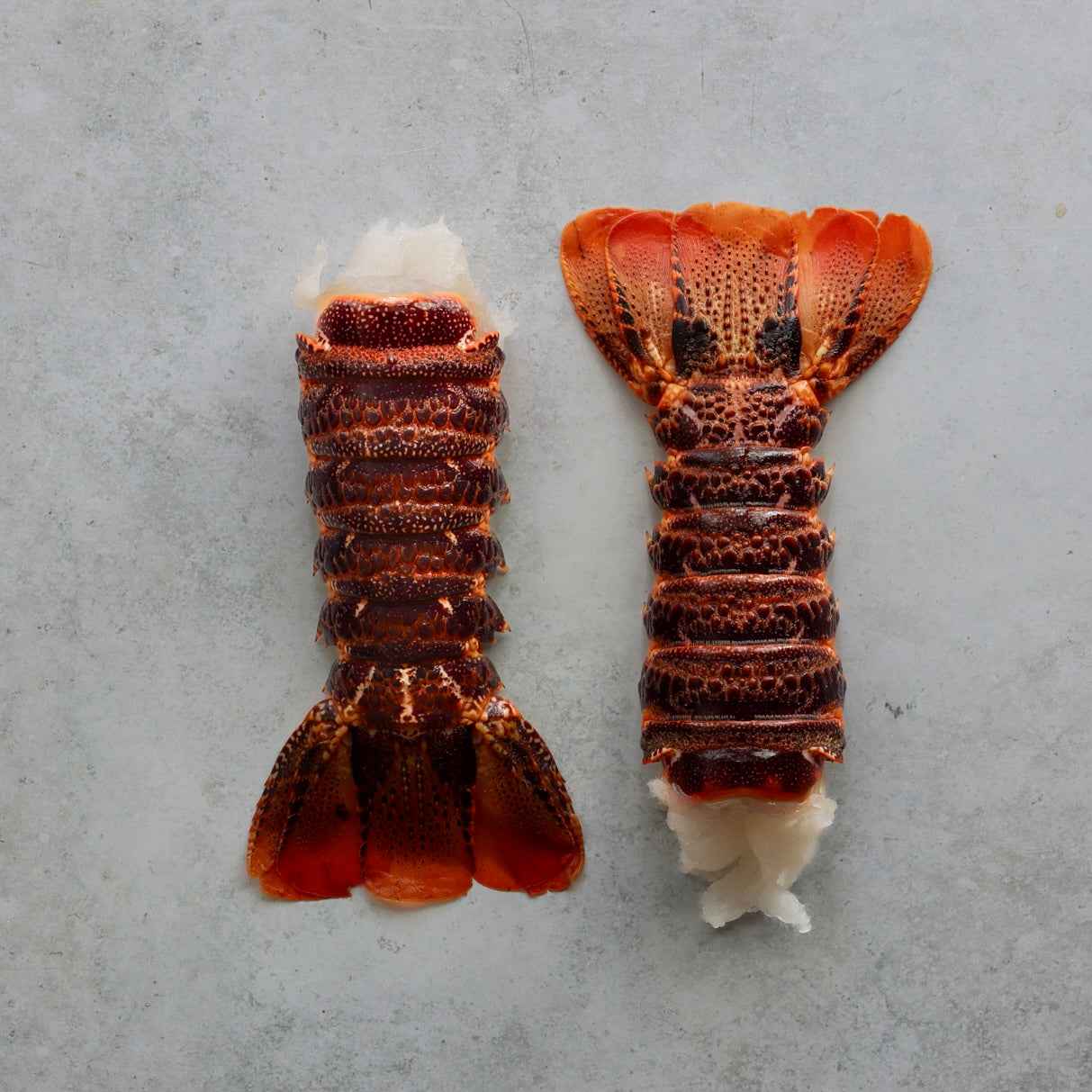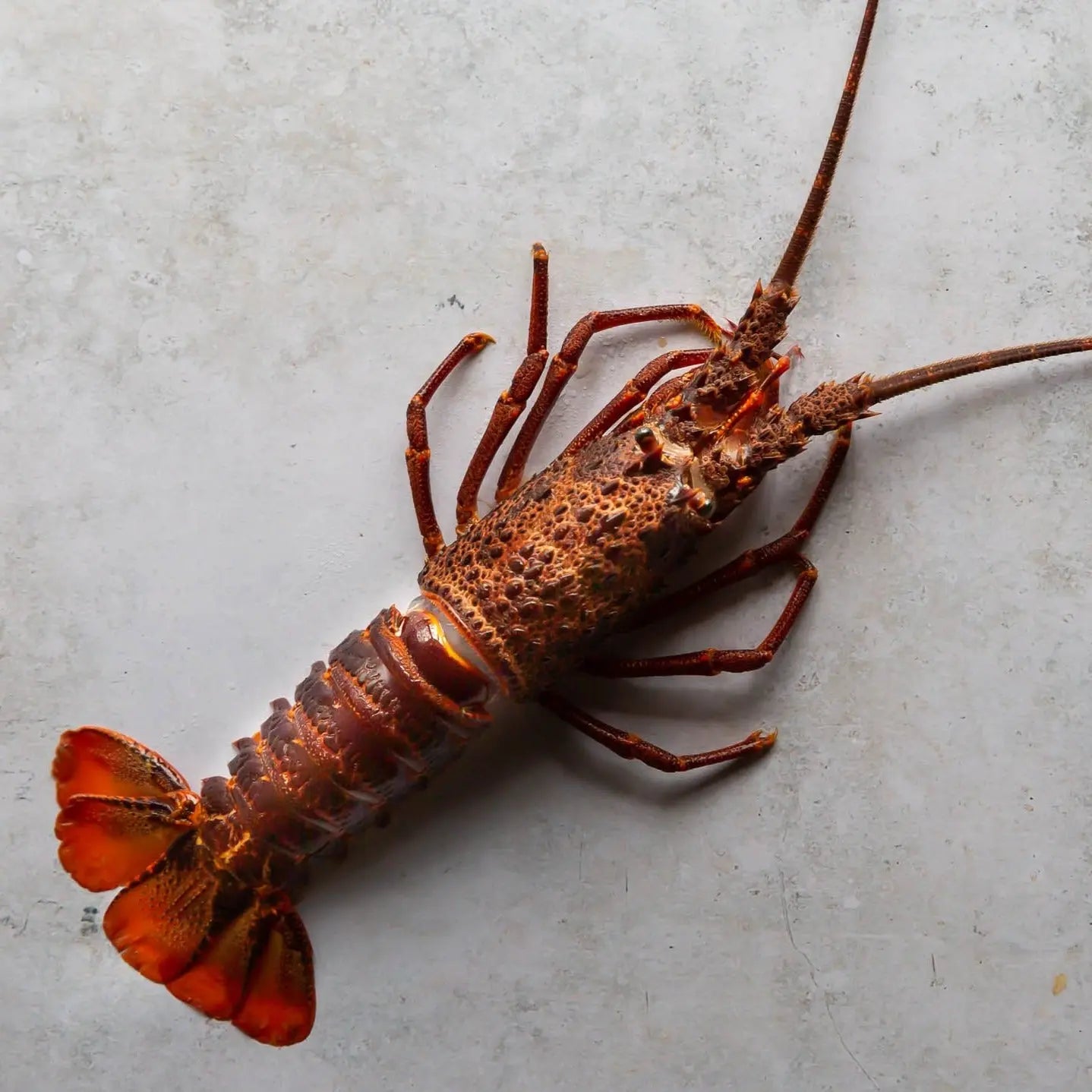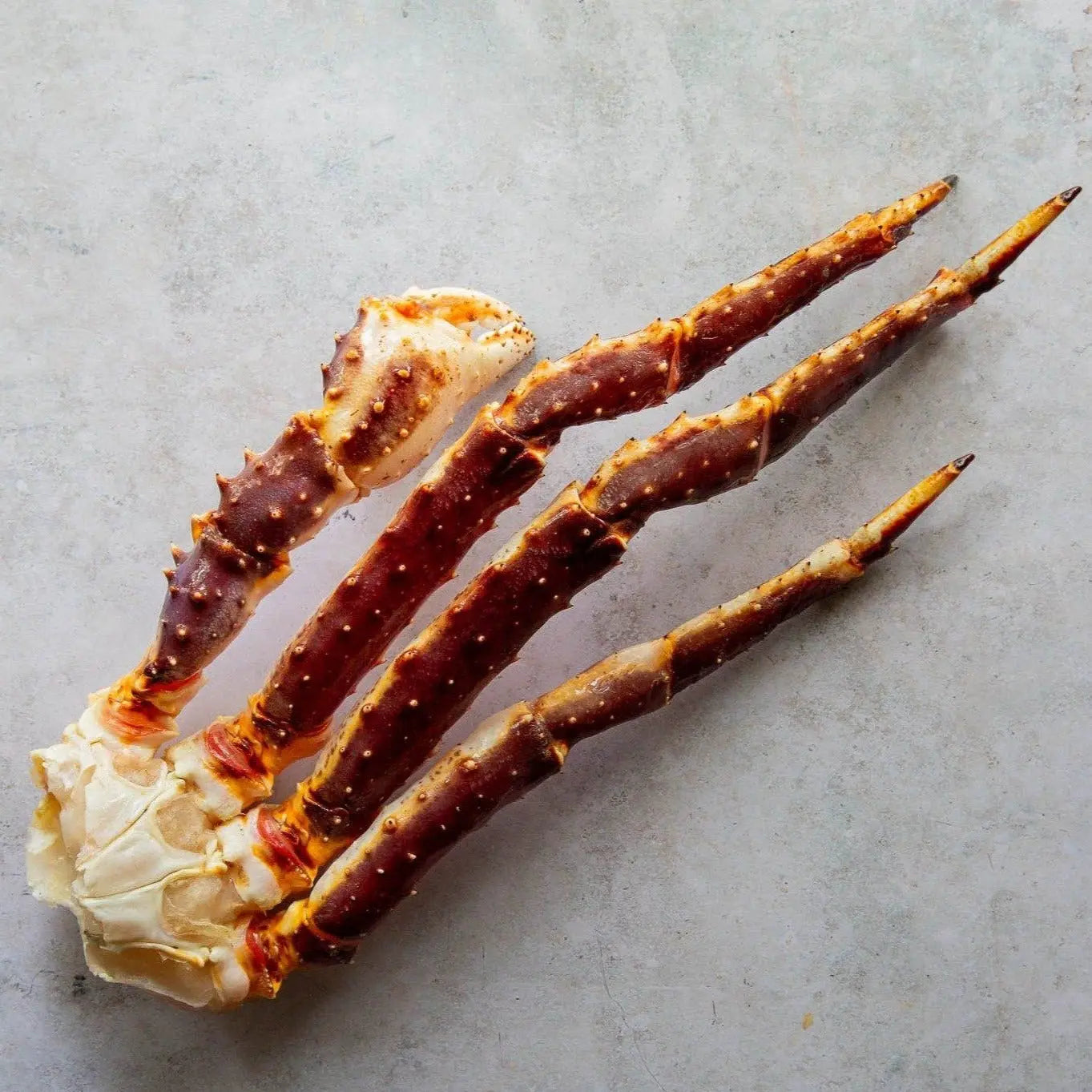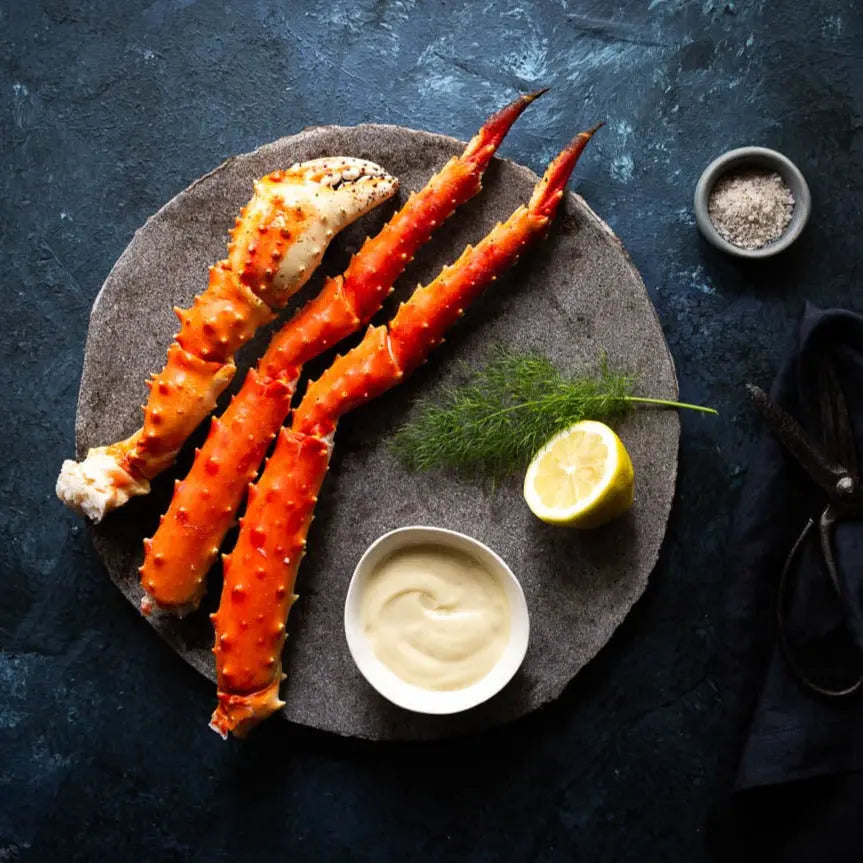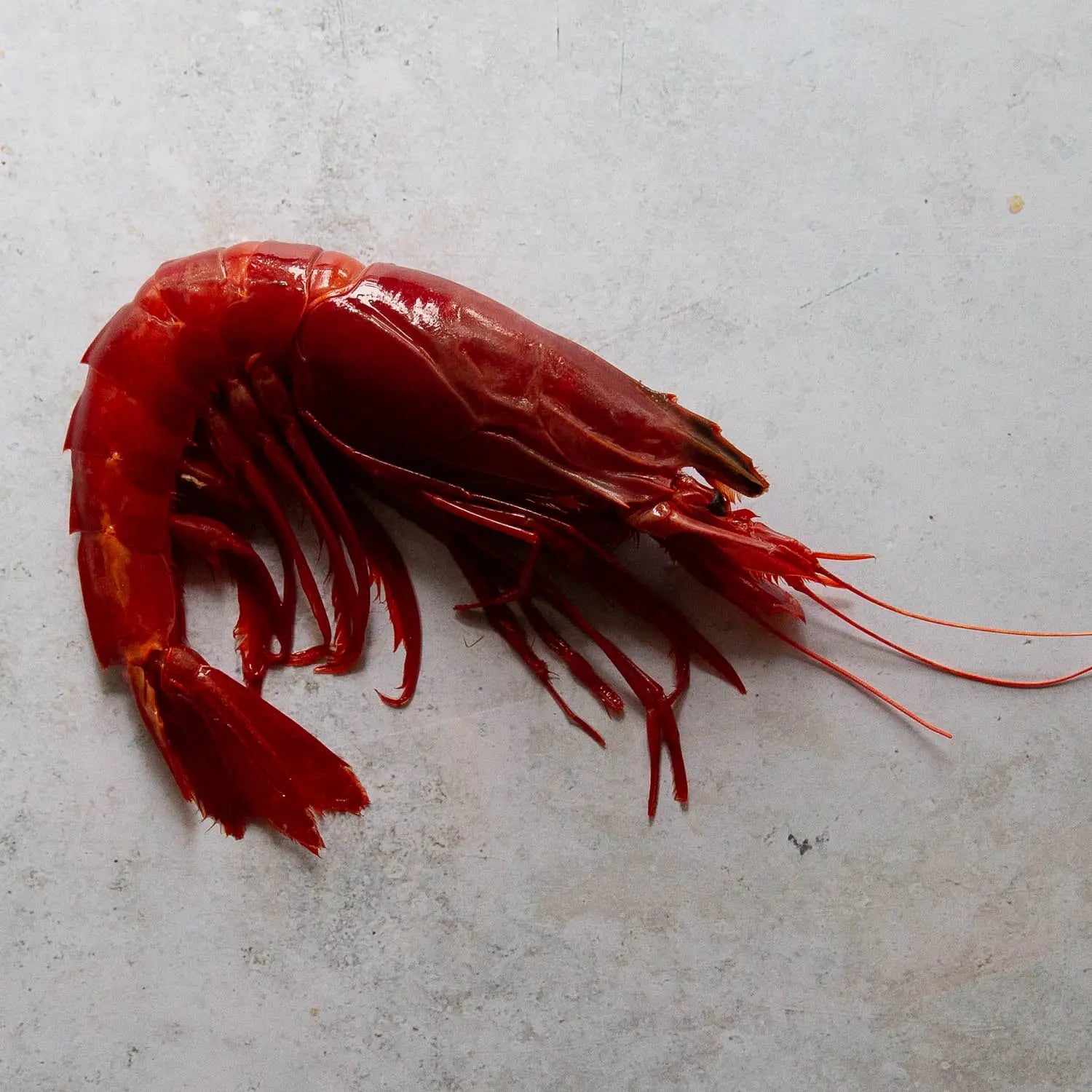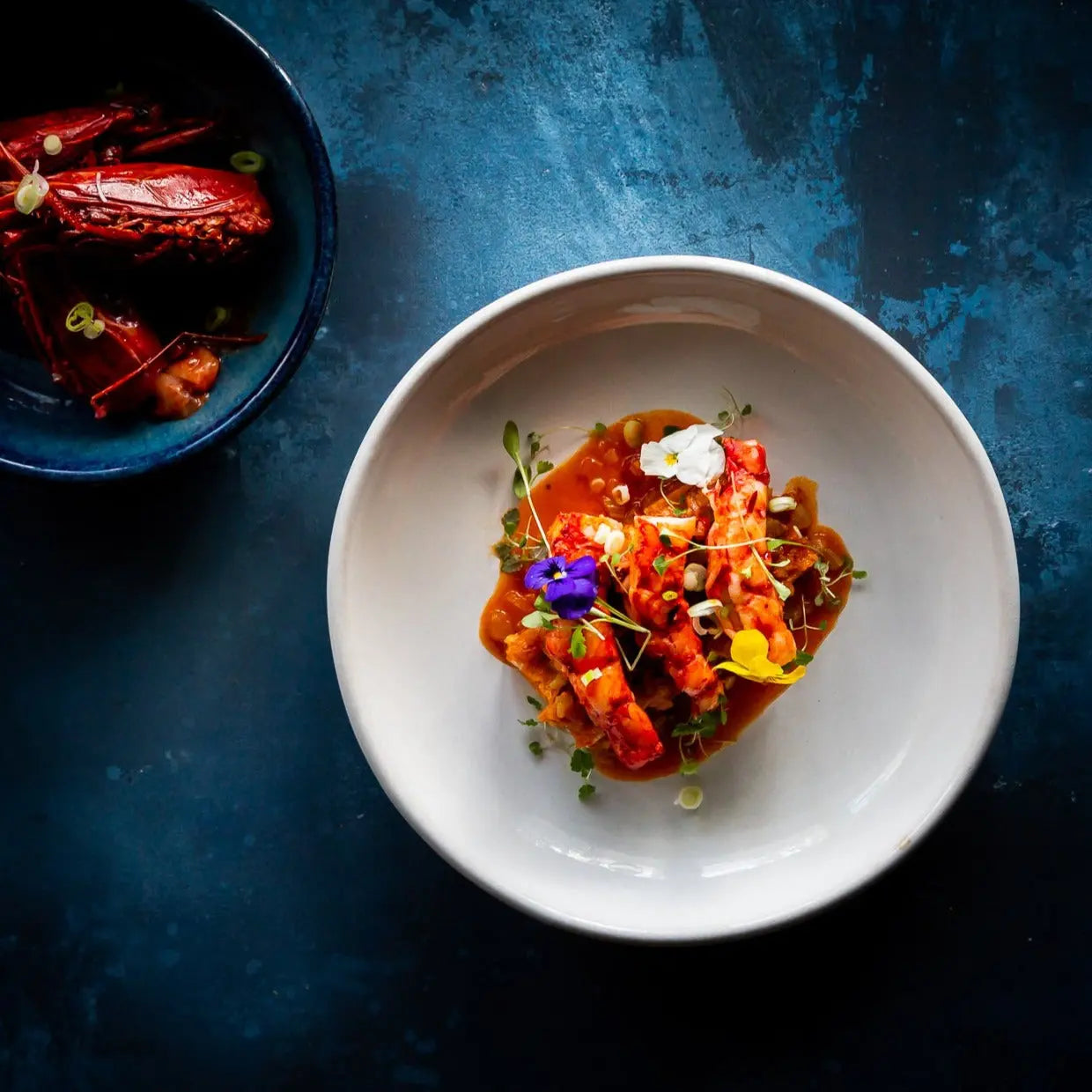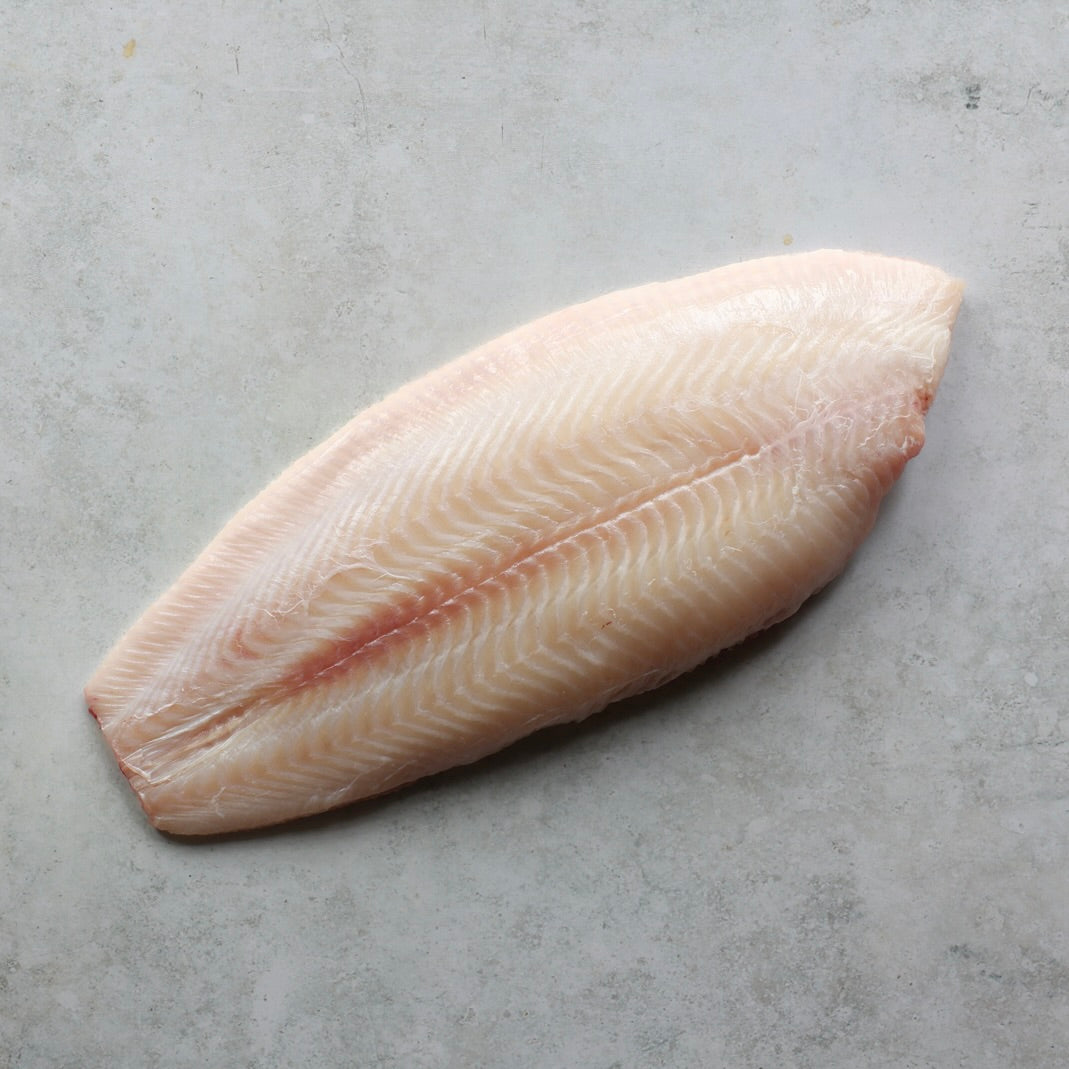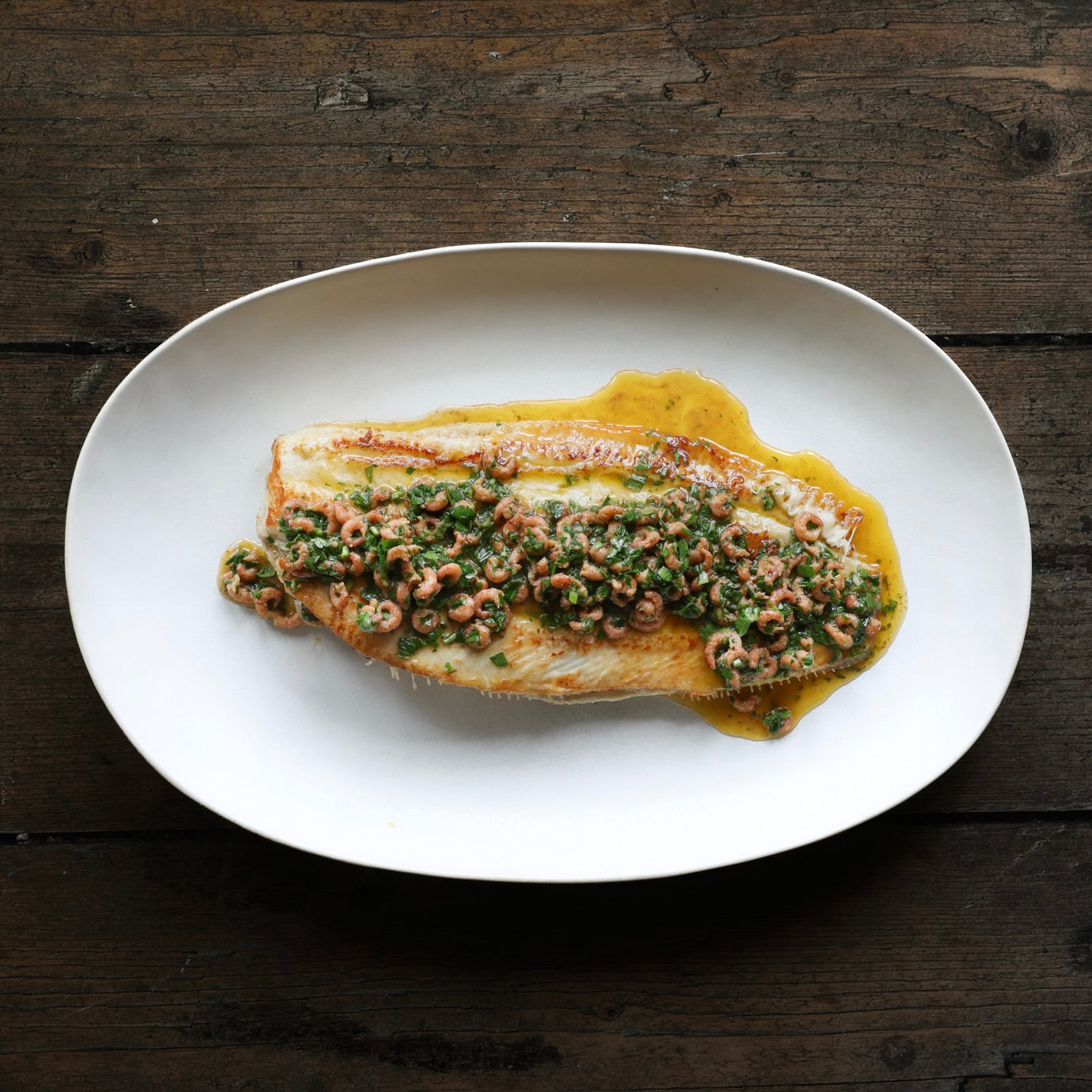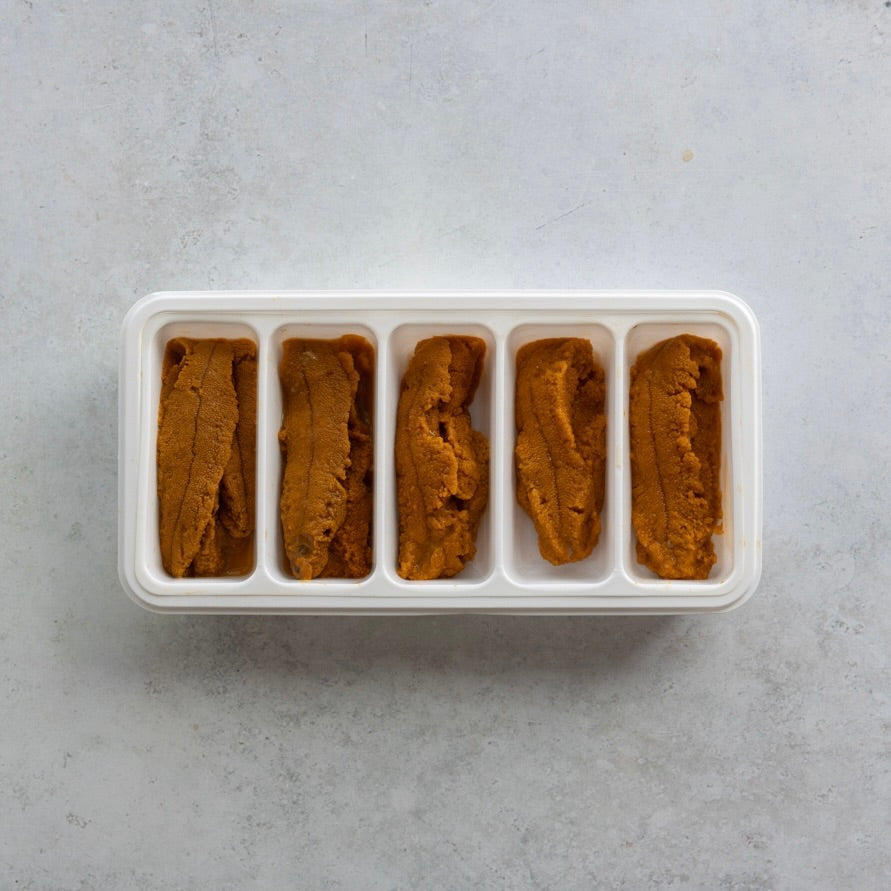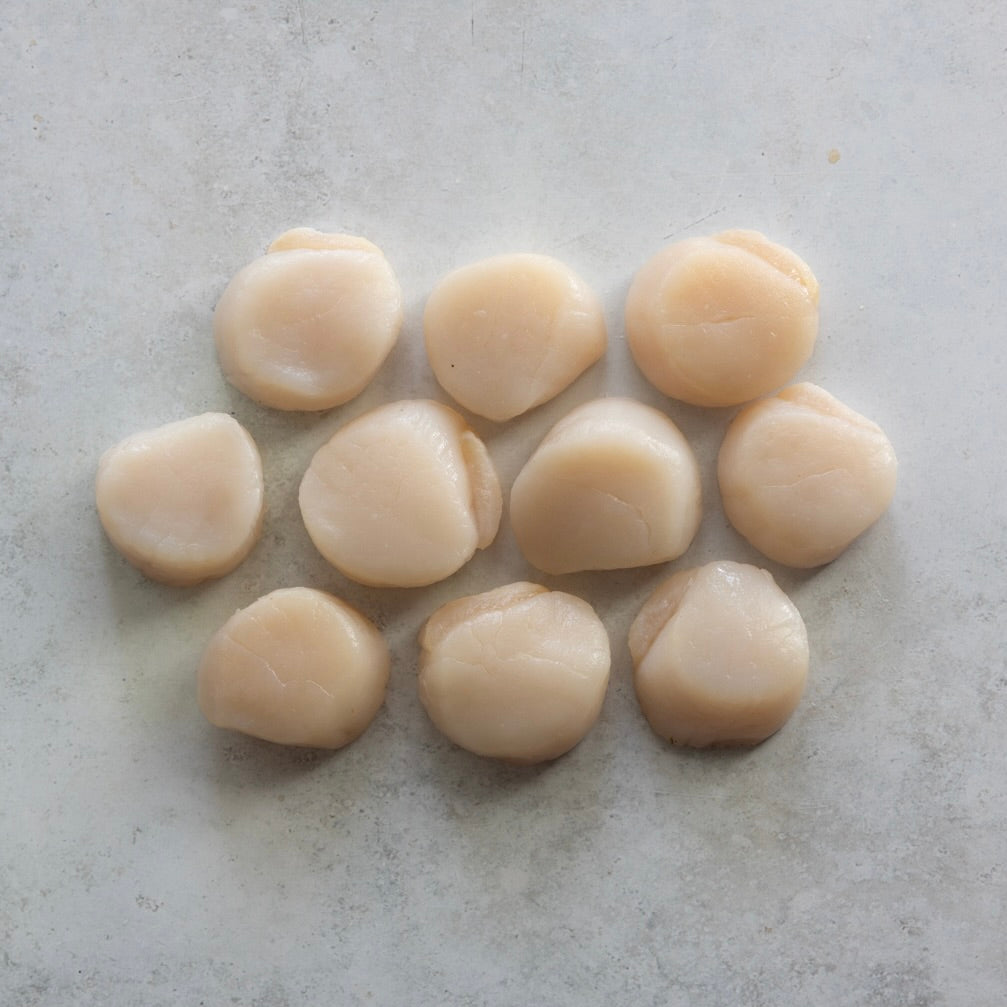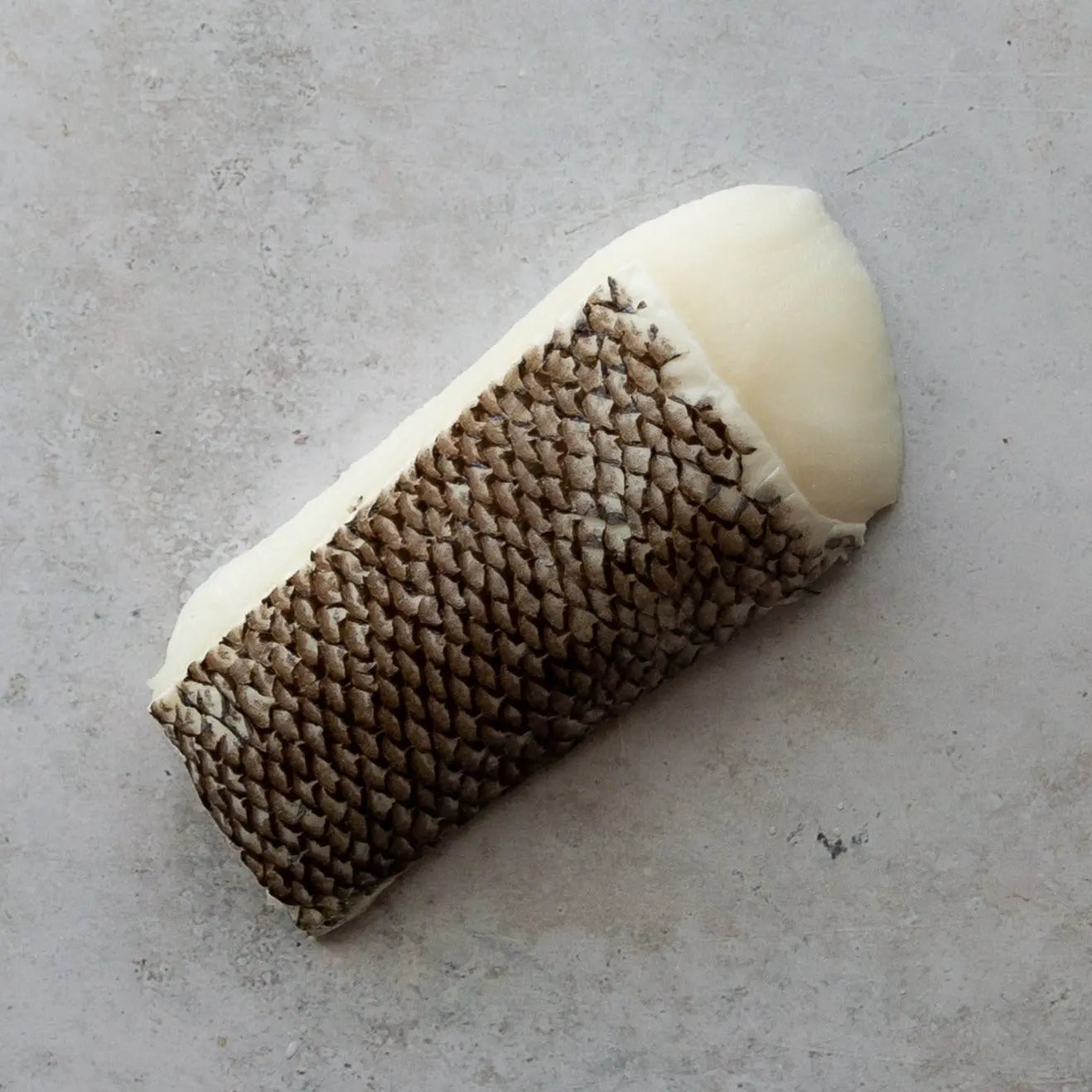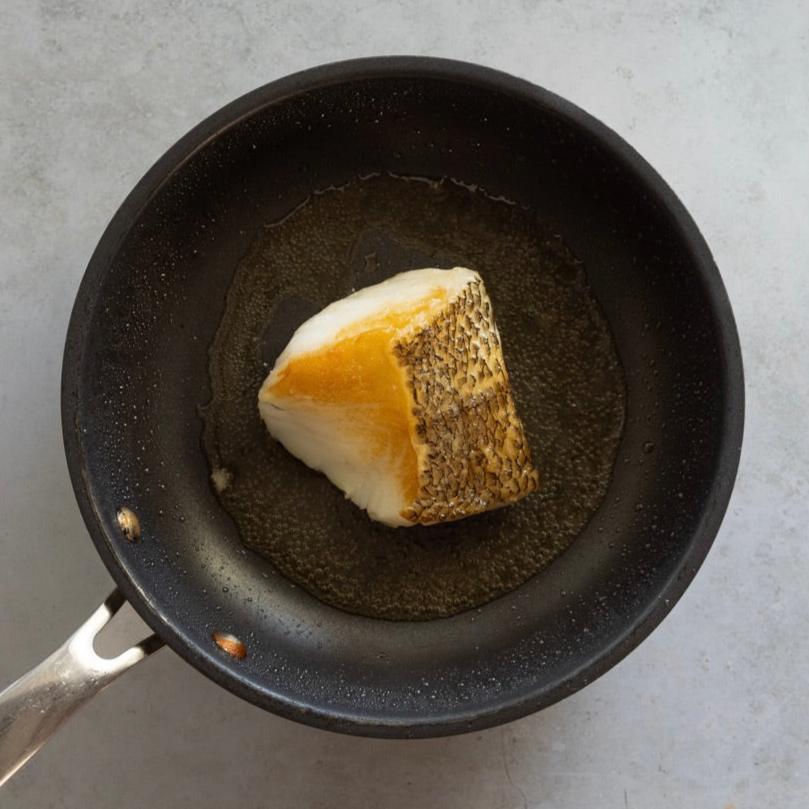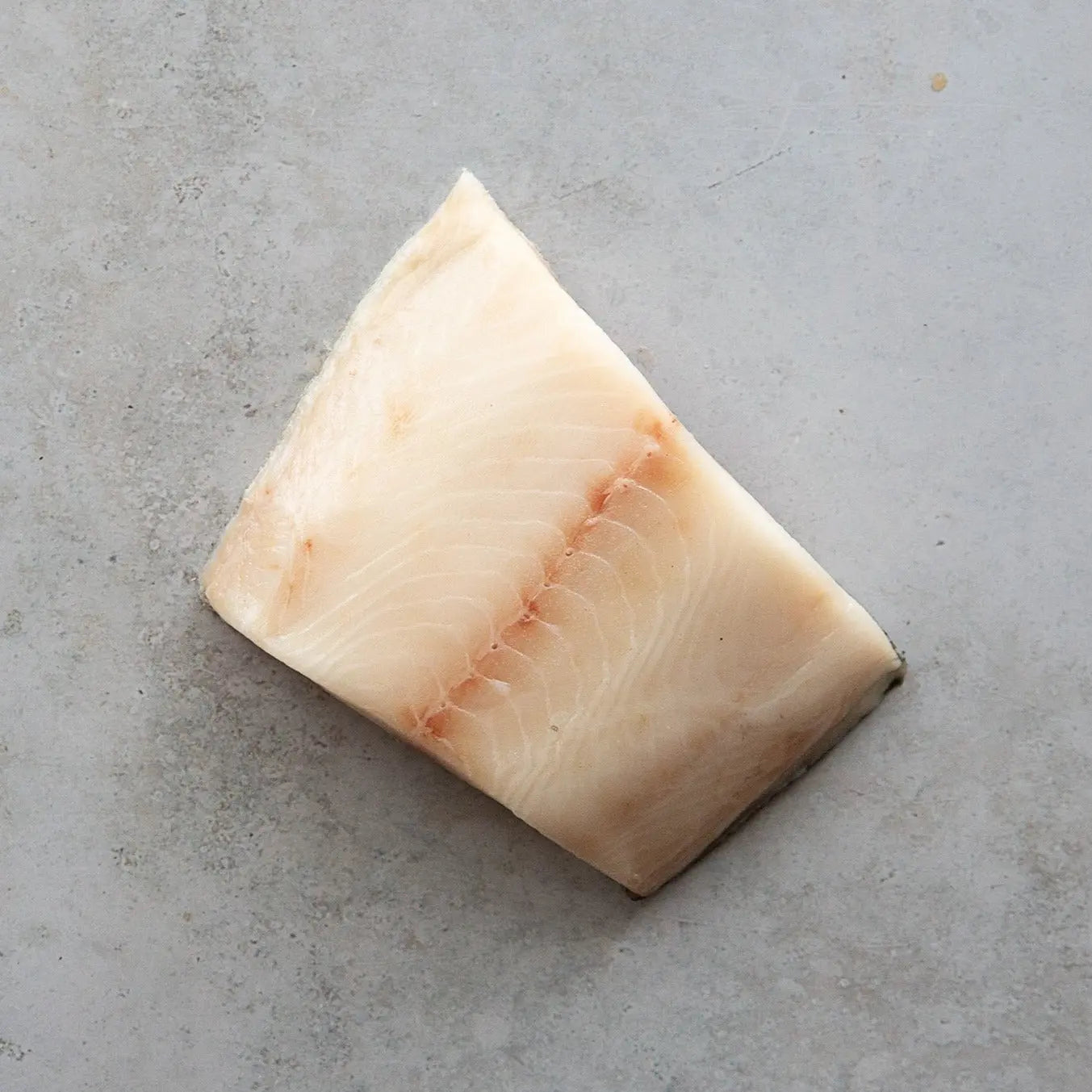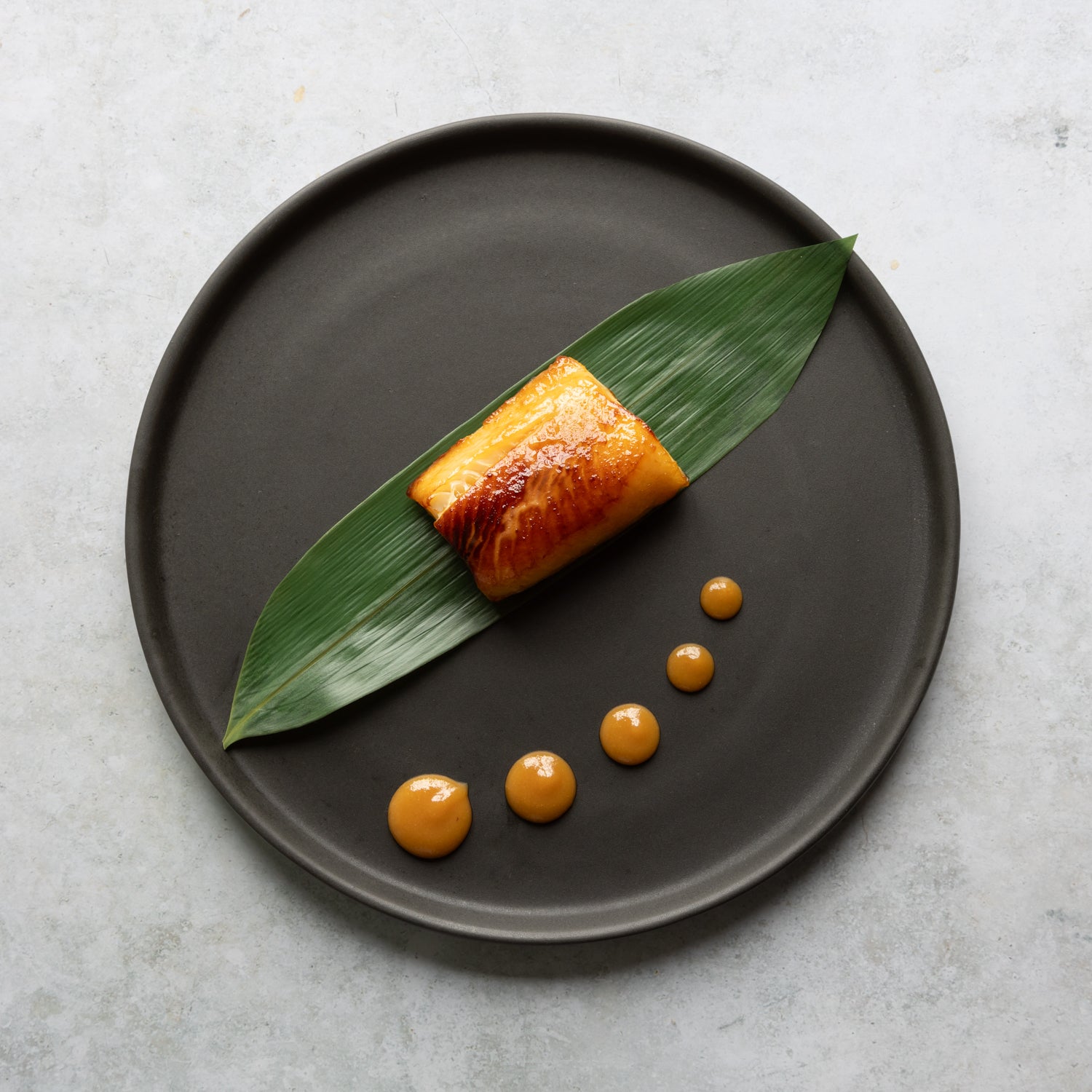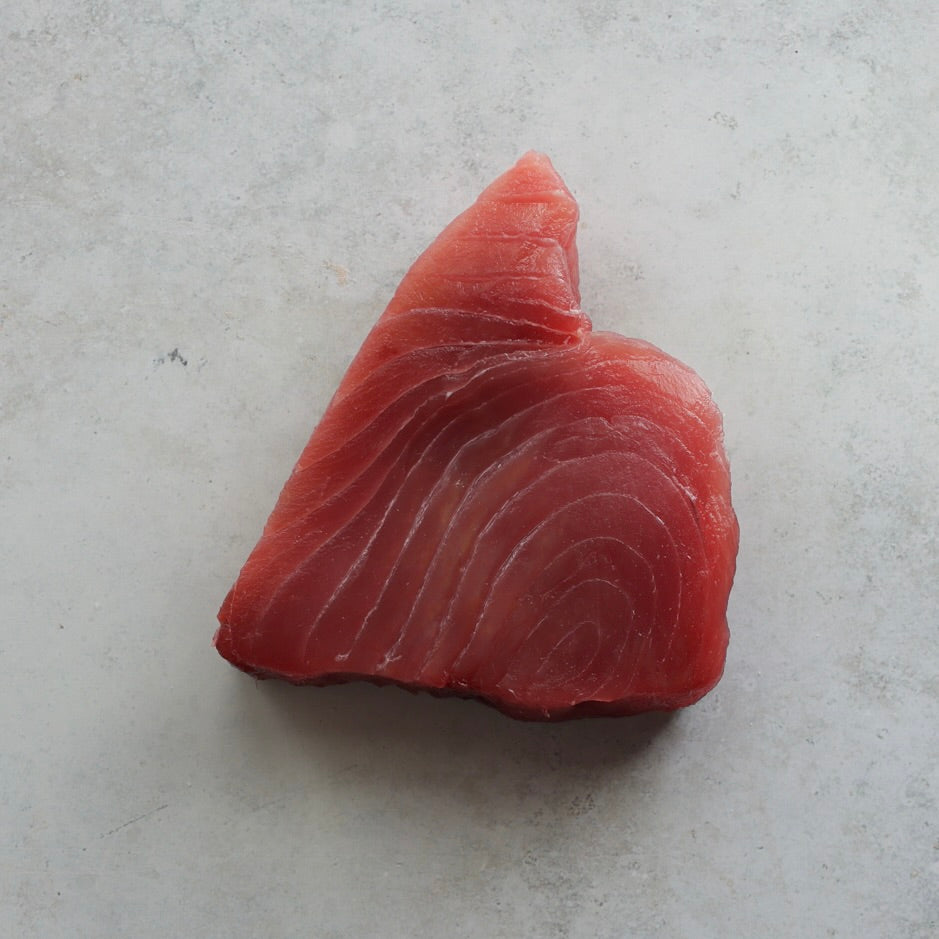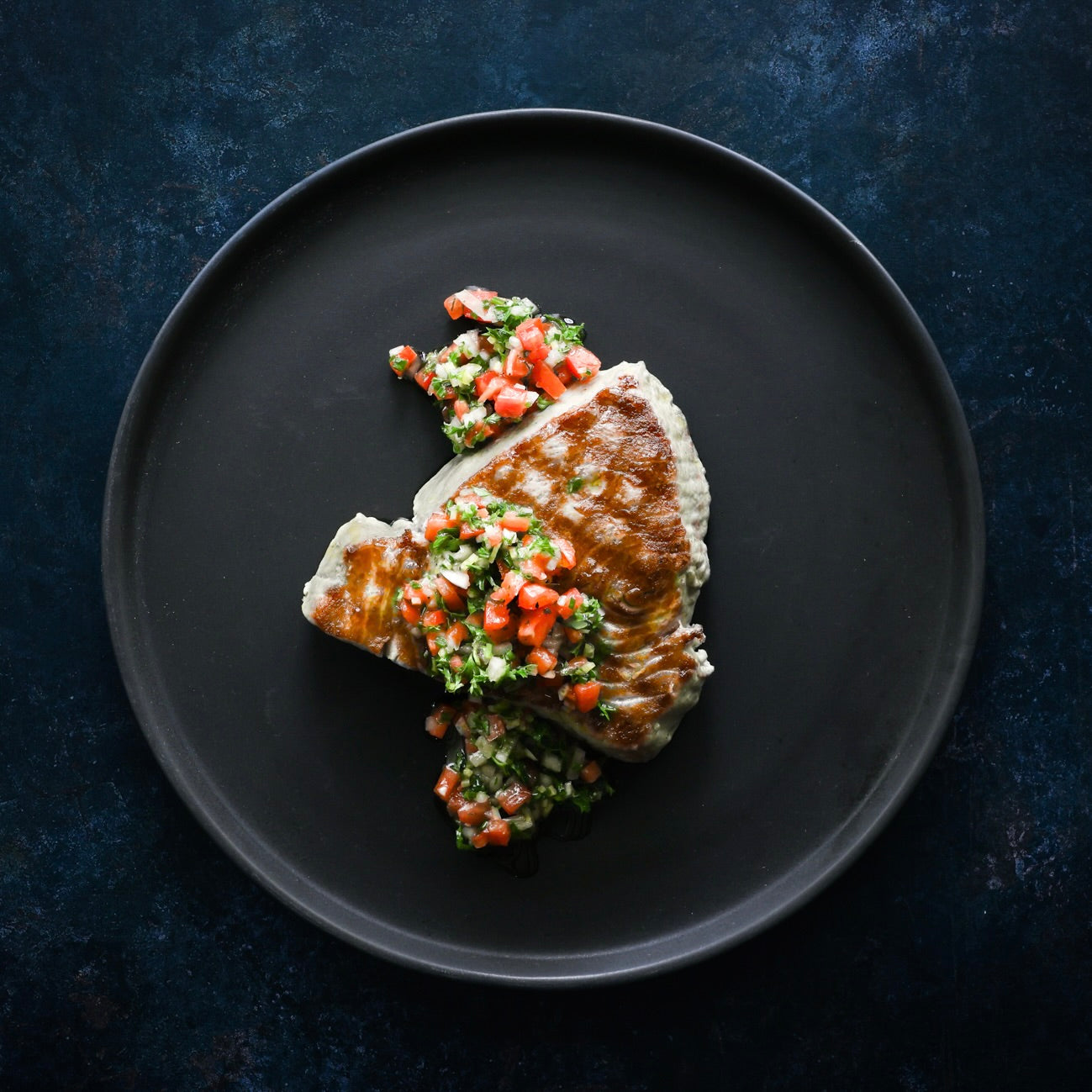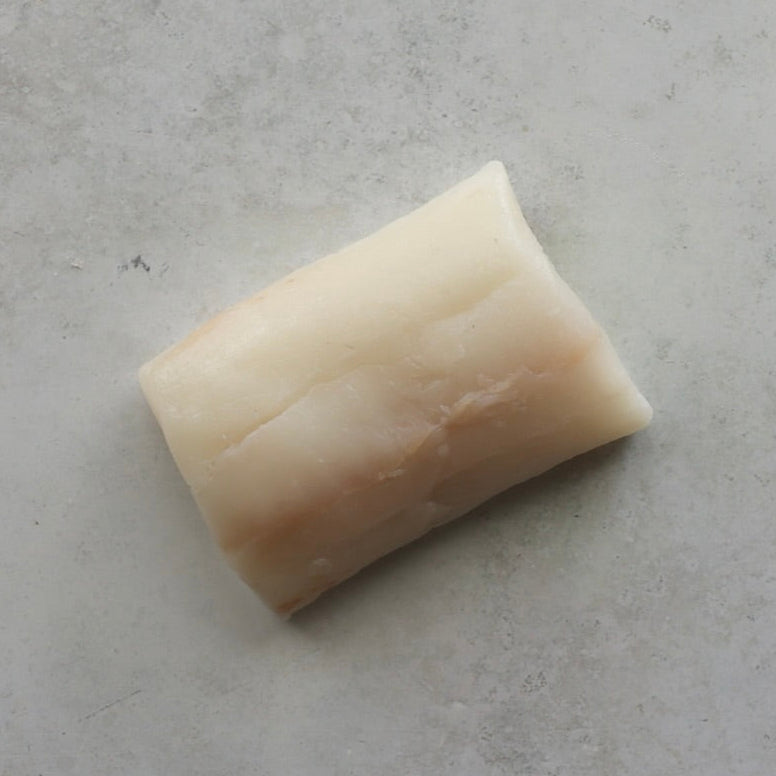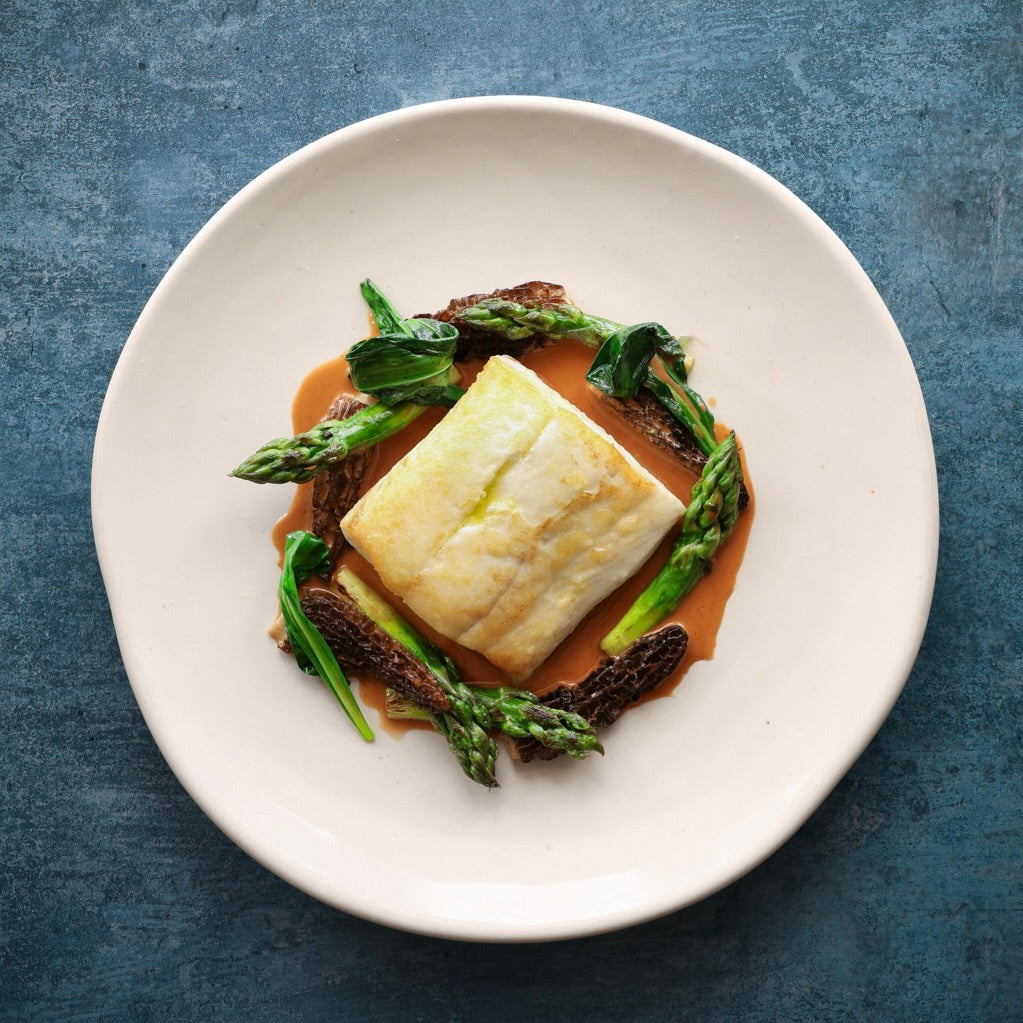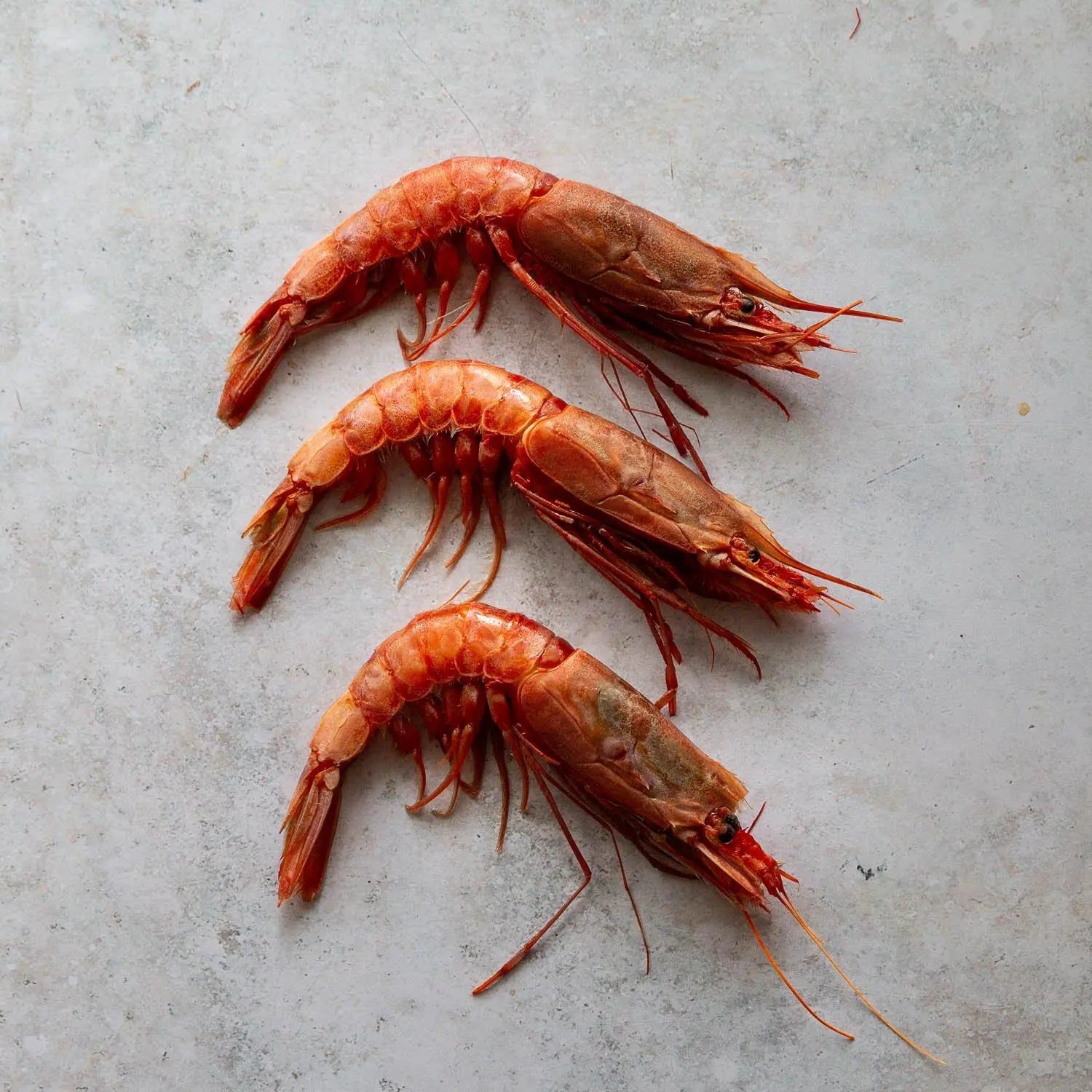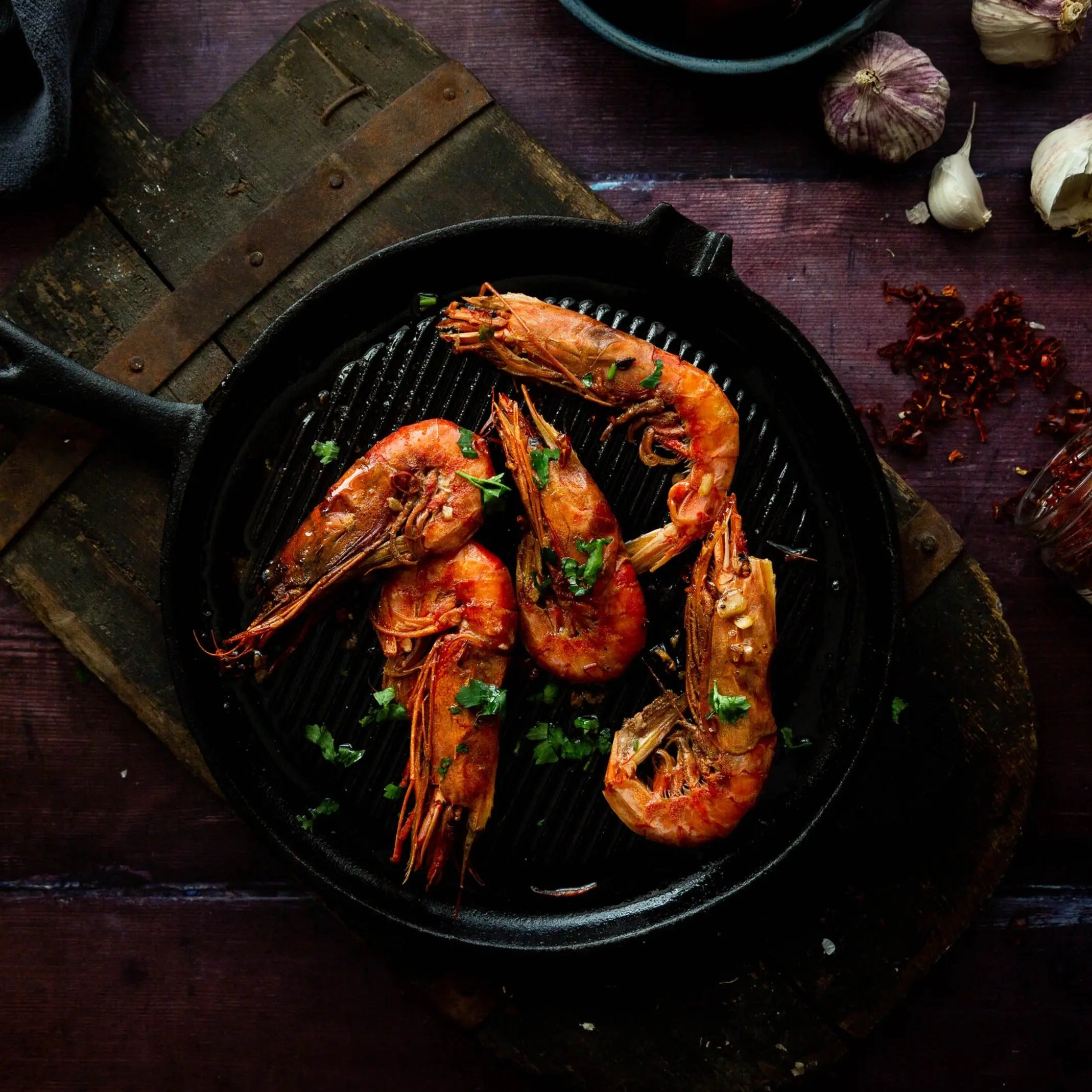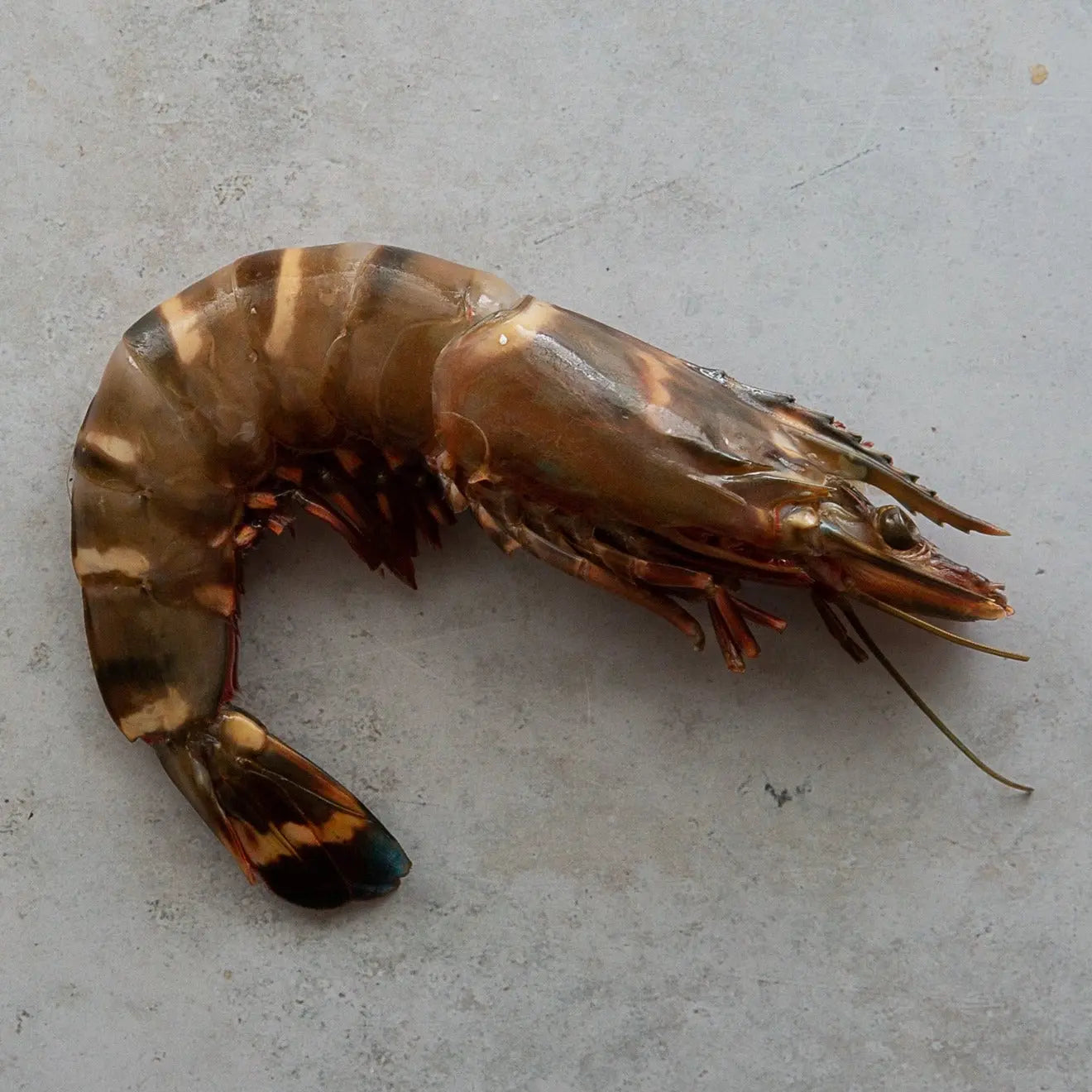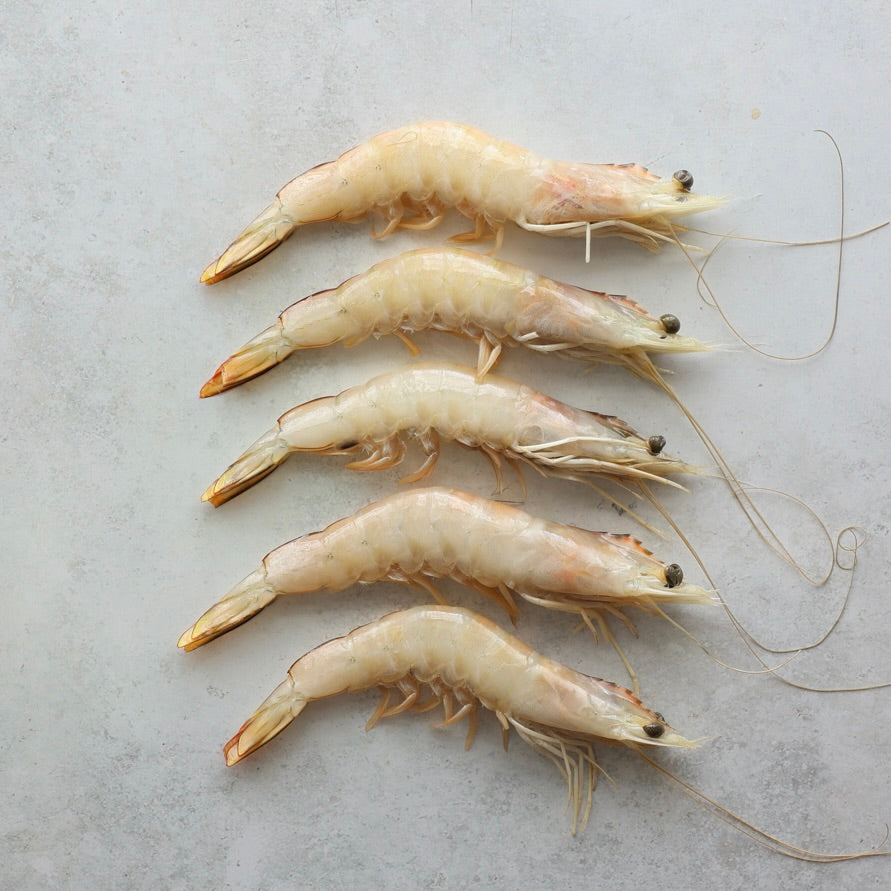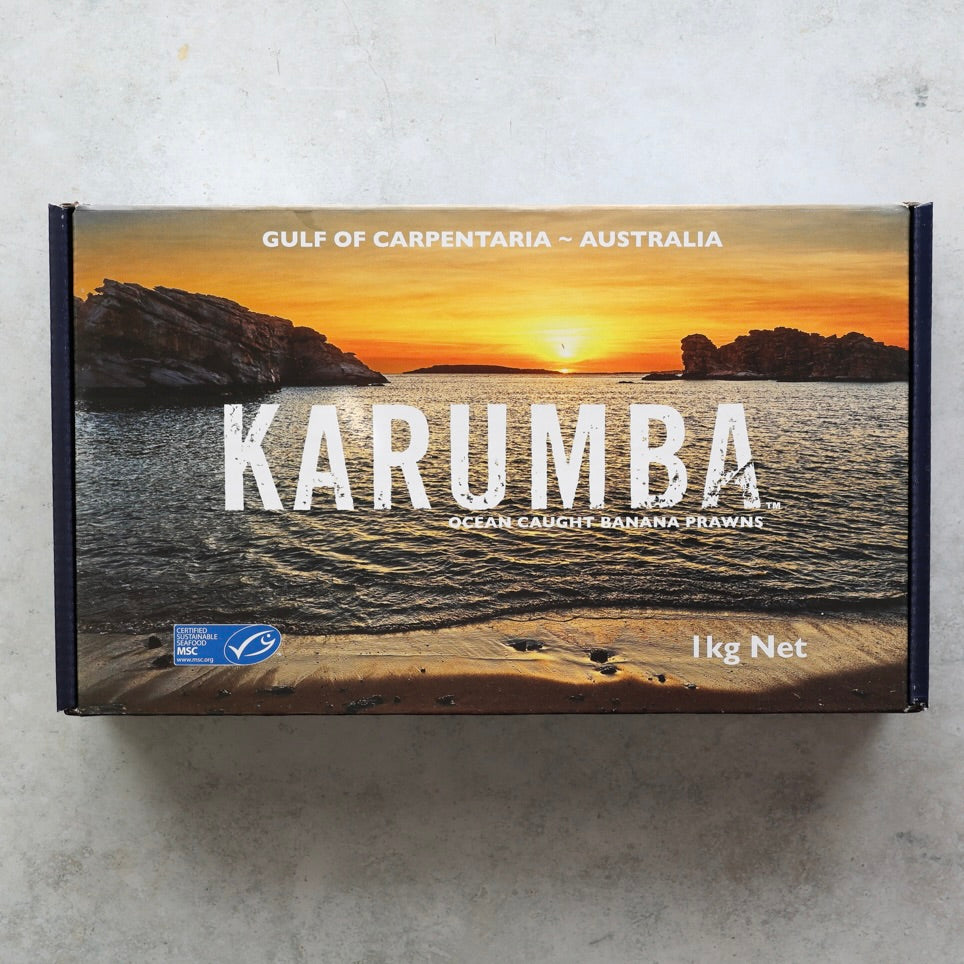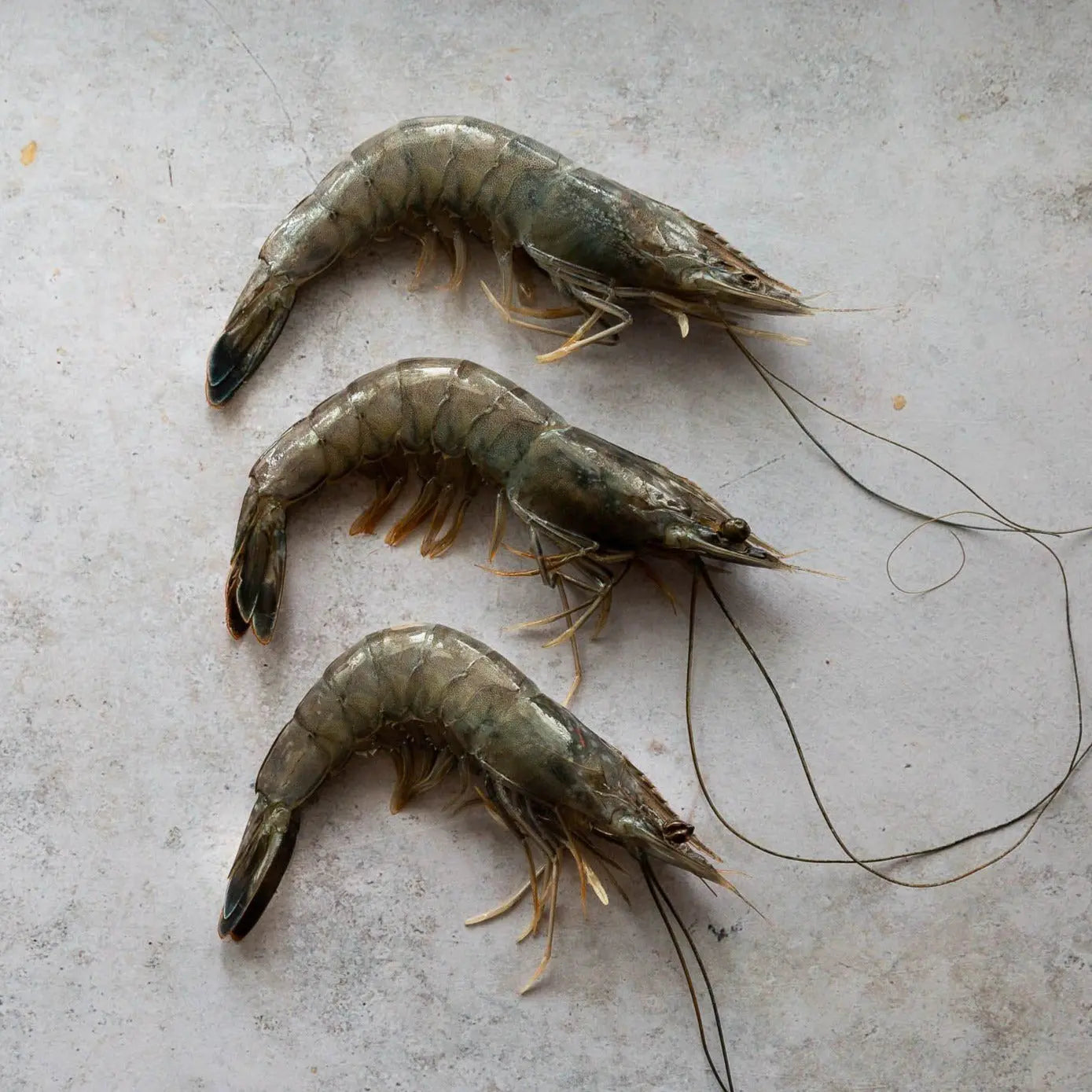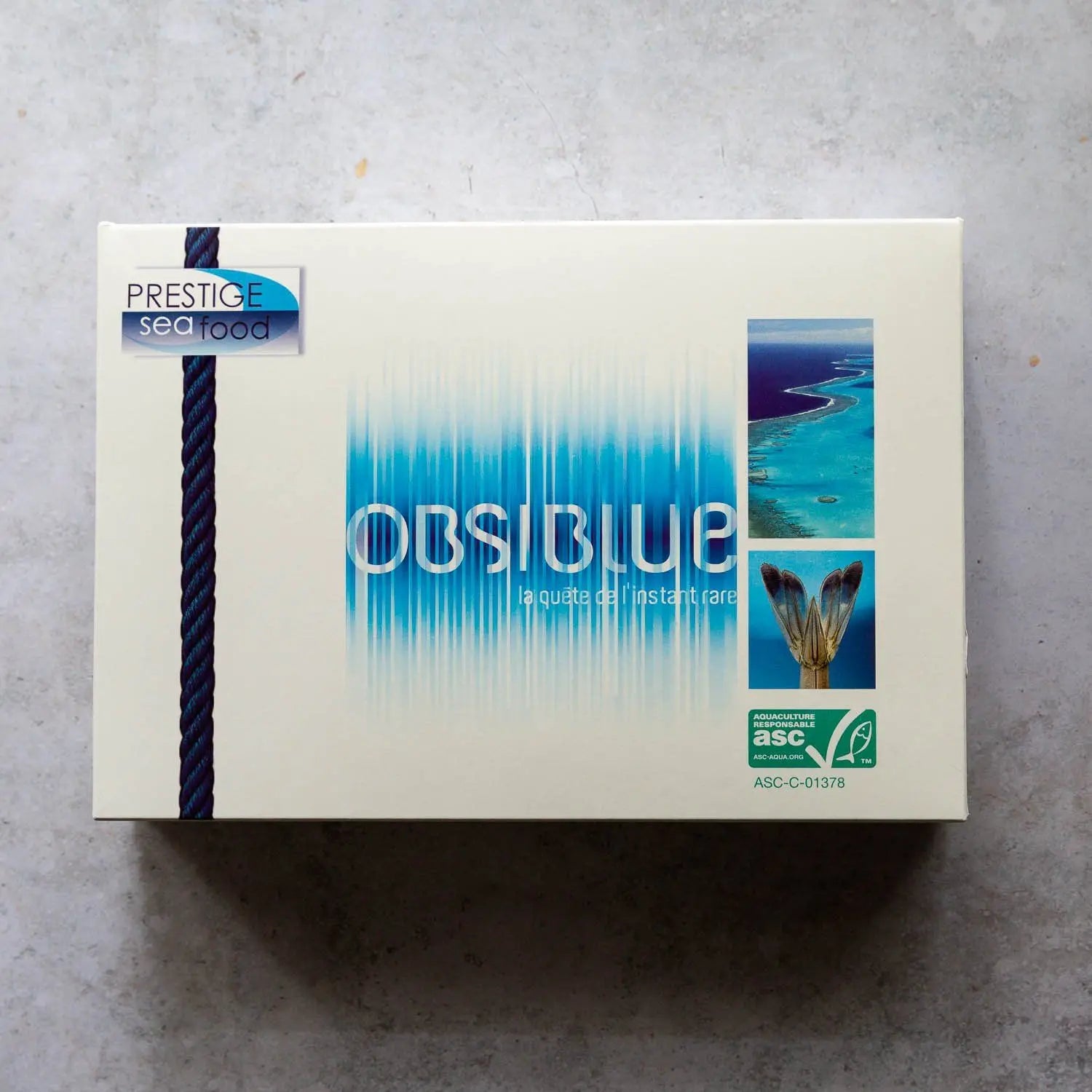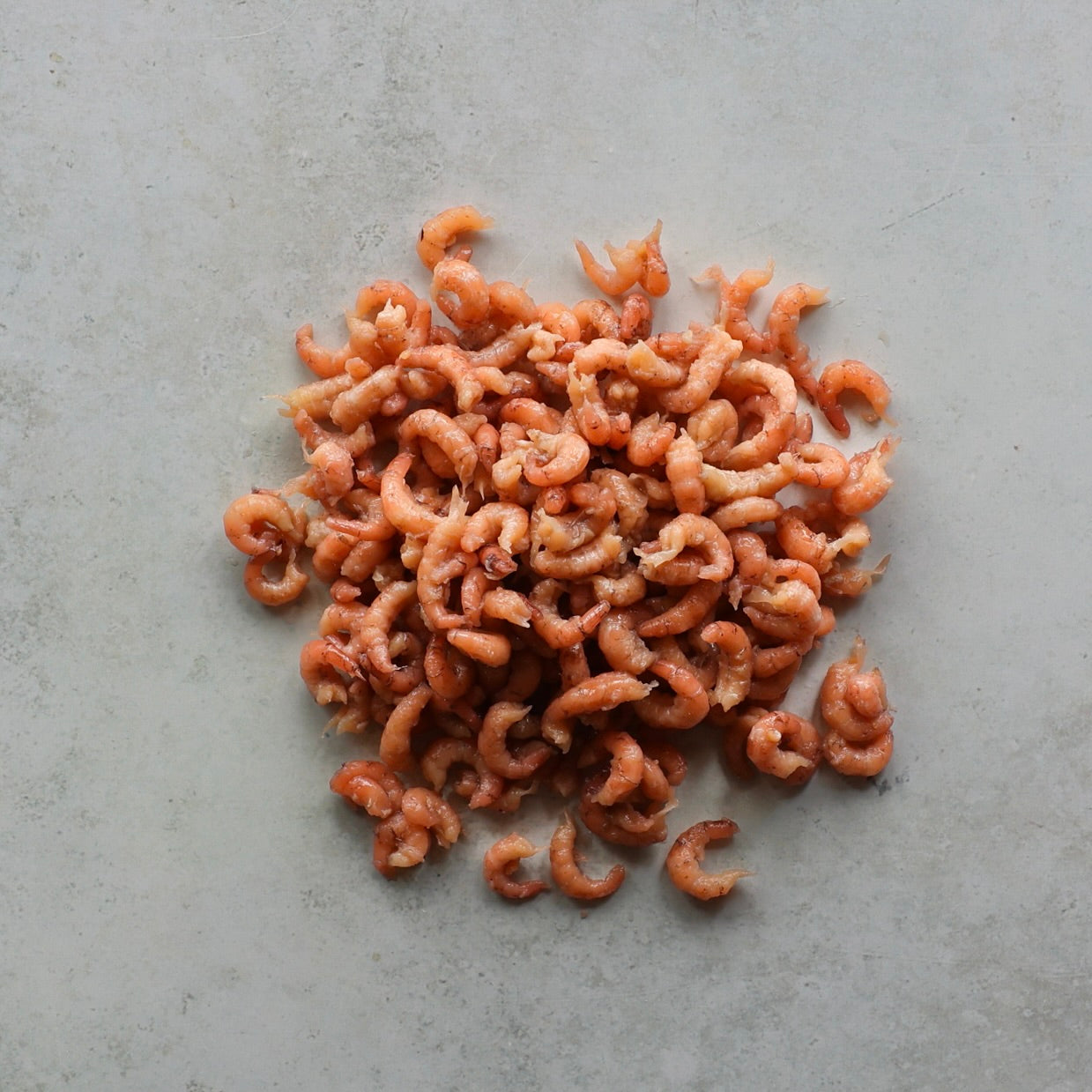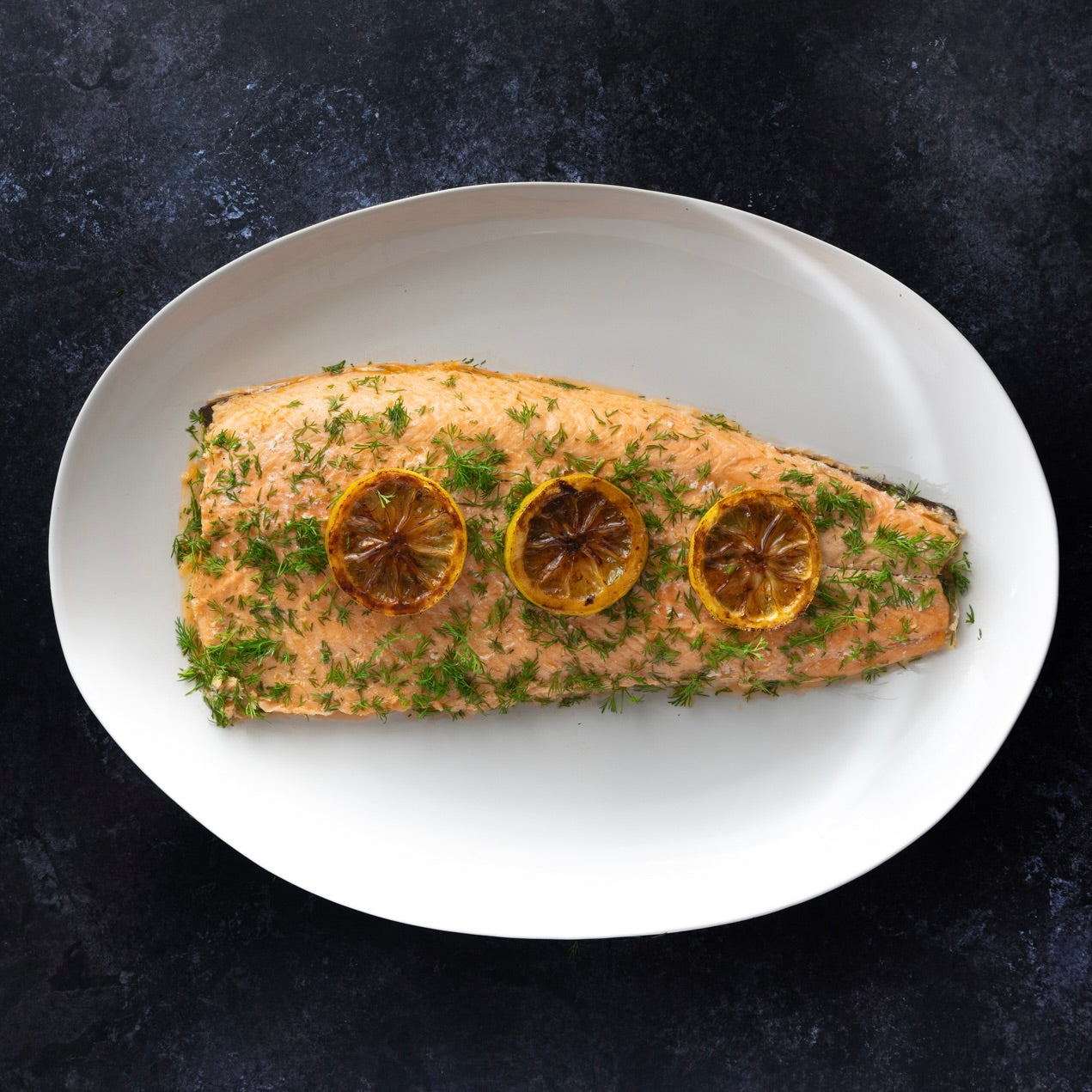
ŌRA KING SALMON PREPARATION & COOKING TIPS
The culinary possibilities with Ōra King Salmon are endless. Whether grilled, baked, steamed, confit, or cured, its exquisite taste elevates every culinary creation.
Here are three methods that may help you - if you buy a large whole fillet you could practise all of the methods by portioning the salmon . As your salmon arrives frozen, it is possible to temper it on a chopping board for 20 minutes, cut portions as required, then wrap the extra with cling film and place back in the freezer.
WHOLE FILLET 'en papillote'
The whole fillet is fantastic when cooked en papillote. A traditional method of cooking fish in enveloped paper, the steam created within the parcel will cook the salmon gently and lock in its natural moisture and flavours.
In this method we also use aluminium foil as it makes sealing the paper easier, and the fish easier to handle.
INGREDIENTS
- 1 x defrosted 1.2kg side of Ōra King Salmon Salmon
- 1 x tbsp Extra Virgin Olive Oil
- 1 cup roughly chopped fresh herbs (such as Dill or Parsley),
- 1 x thinly sliced Lemon,
- Salt & Pepper,
- Silver foil & Parchment paper.
1. Preheat your oven to 180°c
2. Prepare the parchment paper; Cut a large piece of foil and a piece of parchment paper, big enough to enclose the salmon when folded in half. Lay the foil, shiny side up, on a counter top and lay the parchment on top.
3. Place the whole side of salmon on one half of the parchment paper skin side down. Drizzle lightly with olive oil and season with salt and pepper, arrange the sliced lemons and fresh herbs on top.
4. Carefully fold the other half of the parchment/foil over the salmon, aligning the edges. Beginning at one end, tightly crimp and fold the edges of the parchment paper inwards, creating a sealed parcel to trap the steam.
5. Transfer the parcel onto a baking sheet to capture any leaks during cooking. Place the baking sheet with the salmon in the preheated oven and let it cook for approximately 30/40 minutes, depending on the thickness of the salmon.
6. ‘Listen for cooking’ The Salmon is cooking when you can hear it sizzling and steaming; also, if you have secured the package correctly, it will have expanded from the steam inside. Although you are looking for a ‘just cooked’ result, it is quite hard to ‘overcook’ the salmon using this method. Very easy to undercook so be sure to listen to what is going on.
7. Remove the baking sheet from the oven and carefully open the parchment parcel. The salmon should be opaque and flake easily when gently prodded with a fork. It is important to check it at the thickest section of the fish.
8. Serve and enjoy. Transfer the perfectly cooked salmon to a serving platter. You can serve it as is, or accompany it with fresh lemon wedges, additional herbs.
Try it with a citrus and fennel salad or crushed potatoes with capers, shallots, and a hollandaise sauce. Watercress sauce is also a classic accompaniment.
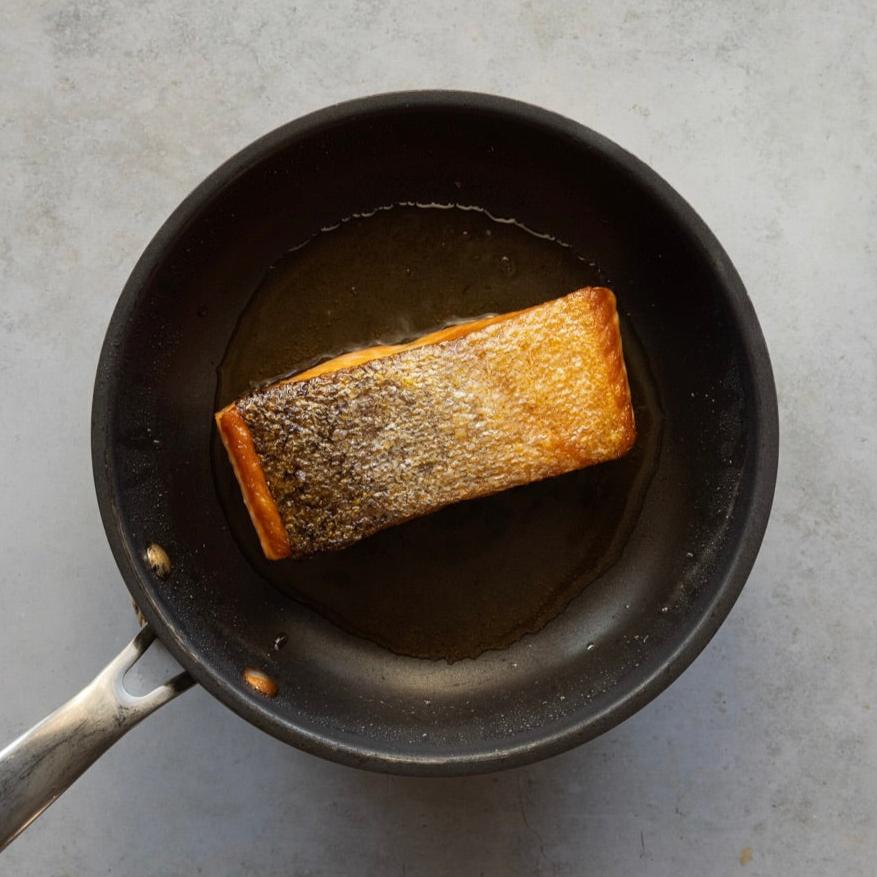
ROASTING 250g PORTIONS
An essential skill in the kitchen is mastering the art of roasting smaller fish, meat and poultry cuts. The method is transferable to everything that is a single portion size and uses the term ‘roasted’.
Once you have mastered this technique, it will offer the opportunity to achieve perfect cooking results every time, regardless of what you are cooking, and offer the ability to slow down the cooking process if you are cooking for multiple people or not ready to serve the dish straight away.
For all smaller cuts / single portions, we always start off in a pan before transferring to an oven; this helps control colour, flavour, internal cooking temperature and cuisson (doneness).
Preparation: Your salmon portions will arrive frozen, defrost overnight in the fridge, and then be placed skin side down on kitchen paper for 20 minutes prior to cooking to remove any moisture from the skin. This will help the skin crisp up in the cooking process.
Oven temp: Pre-Heat Fan Oven to 180°c.
Pan Heat: Heat a non-stick pan over a medium flame for 2/3 minutes.
Seasoning: Remove the salmon portion from the kitchen paper, place it on a clean, dry plate and season on all sides with salt and pepper.
Which Oil? Add a generous dash of olive oil to the pan and pause for a moment to allow the oil to heat up.
Method of putting in the pan: Place the salmon skin side down in the pan. Try and place it on the olive oil and not a dry part of the pan.
What result are you looking for? Roast the salmon in the pan until you start to see the bottom sides turn golden brown. It is essential not to move it before this happens, or you will risk the skin becoming detached from the fish.
Basting: Once you can visibly see the bottom edges are golden, use a spatula to turn the salmon over to sear the underside carefully. After 1/2 minute, remove it from the heat and squeeze a generous amount of lemon juice over the top. The lemon juice will run off the salmon and sizzle into the olive oil. Tip the pan and use a tablespoon to baste the salmon with the lemon/olive oil mix.
How Long In The Oven?: Remove the salmon from the pan and place on a baking tray lined with greaseproof paper. Place in the oven for 4/5 minutes.
Use of a probe/skewer method: A cooking probe in the thickest part of the salmon should read 55°c for ‘pink in the middle’. Or slide a thin skewer into the centre, remove it after 10 seconds, and test the skewer tip on the back of your hand to feel how much heat is in the centre.
Notes on roasting for multiple people or ahead of time: It is always best not to crowd a pan with too many portions of meat or fish, as it will lower the temperature of your pan, causing the contents to stew rather than roast.
Depending on the size of your pan, we always recommend cooking with a maximum of four pieces at one time; two will offer more precise results.
You always need a baking tray ready, lined with baking paper for fish, not lined for meat. If you are cooking for two and have a cast iron pan that is suitable for the oven, you don’t need to transfer it to a baking tray.
It is possible to do all of your roasting in the pan, transfer all portions to a baking tray and wait for up to an hour before finishing the cooking. This method allows you to prepare multiple portions ahead of time. If this is the case, the time in the oven will increase; you will need to add another 3/4 minutes to the cooking time to allow for the cooling that has taken place. This method can not be applied to chicken as it is unsafe to sit semi-cooked at ambient temperatures.
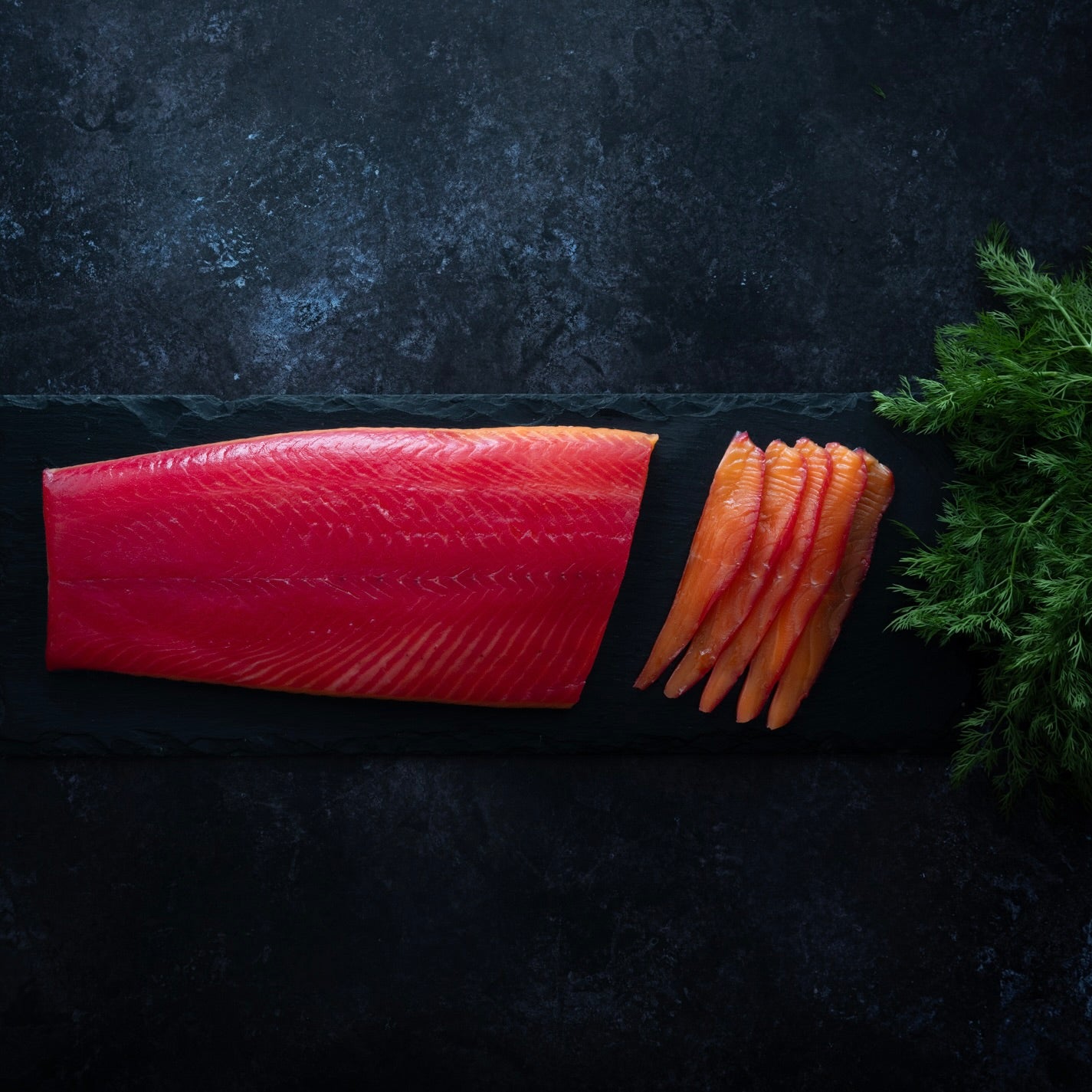
BEETROOT GRAVLAX
Beetroot Gravlax is a traditional Scandinavian dish made by curing salmon with salt, sugar, aromatic spices, and sometimes, grated fresh beetroot.It offers a simple way to enjoy Ōra King Salmon as cold as a starter or on rye toast with smashed avocado with Horseradish Cream.
Ingredients
- 1kg Ora king Salmon Skin On - Preferably the centre cut, as the more even the cure is, the better the end product
- 400g Peeled Raw Grated Beetroot
- 260g Sea Salt
- 120g Granulated Sugar
- 4 Twists on the Black Pepper Mill
Preparation
Remove your Ora King Salmon from the packet while still frozen, place it on a chopping board for 20 minutes to temper it, then remove the middle section, which starts approx 8cm from the top of the head end and extends for approx 16cm towards the tail, assuming a 1.2kg fillet. Wrap the head end and tail end and place back in the freezer for later use.
METHOD
1. Place the centre cut in the fridge, cover it, and defrost it overnight.
2. To make the cure, mix the salt and sugar in a bowl and mix thoroughly with four twists of a pepper mill.
3. Place the centre cut skin side down in a Pyrex dish or something else suitable that is approximately the same size as the piece of salmon; you don’t want something too much bigger than the salmon if possible.
4. Firstly, pack the salt and sugar mix onto the salmon, making sure to press the mix down firmly onto the salmon and around the sides. Repeat the same step for the grated beetroot, ensure the salmon is completely covered and you can’t see any bare flesh.
5. Cut a piece of clingfilm and place it onto the surface of the salmon. Ensure the salmon is completely covered by the clingfilm at the sides as well so that the mix will soak well into the salmon.
6. Leave the salmon to cure for a full 24 hours in a fridge.
7. After this time, remove the salmon from the cure then gently rinse the salmon under cold to remove any excess cure. Pat the salmon dry with a kitchen towel. Discard the left over cure mix.
8. Place the Gravlax onto a clean plate, cover with clingfilm, and leave overnight in the fridge. This will ensure that the cure has time to disperse.
To serve, cut thin slices downwards towards the skin with a long, sharp knife.
Use within five days.


